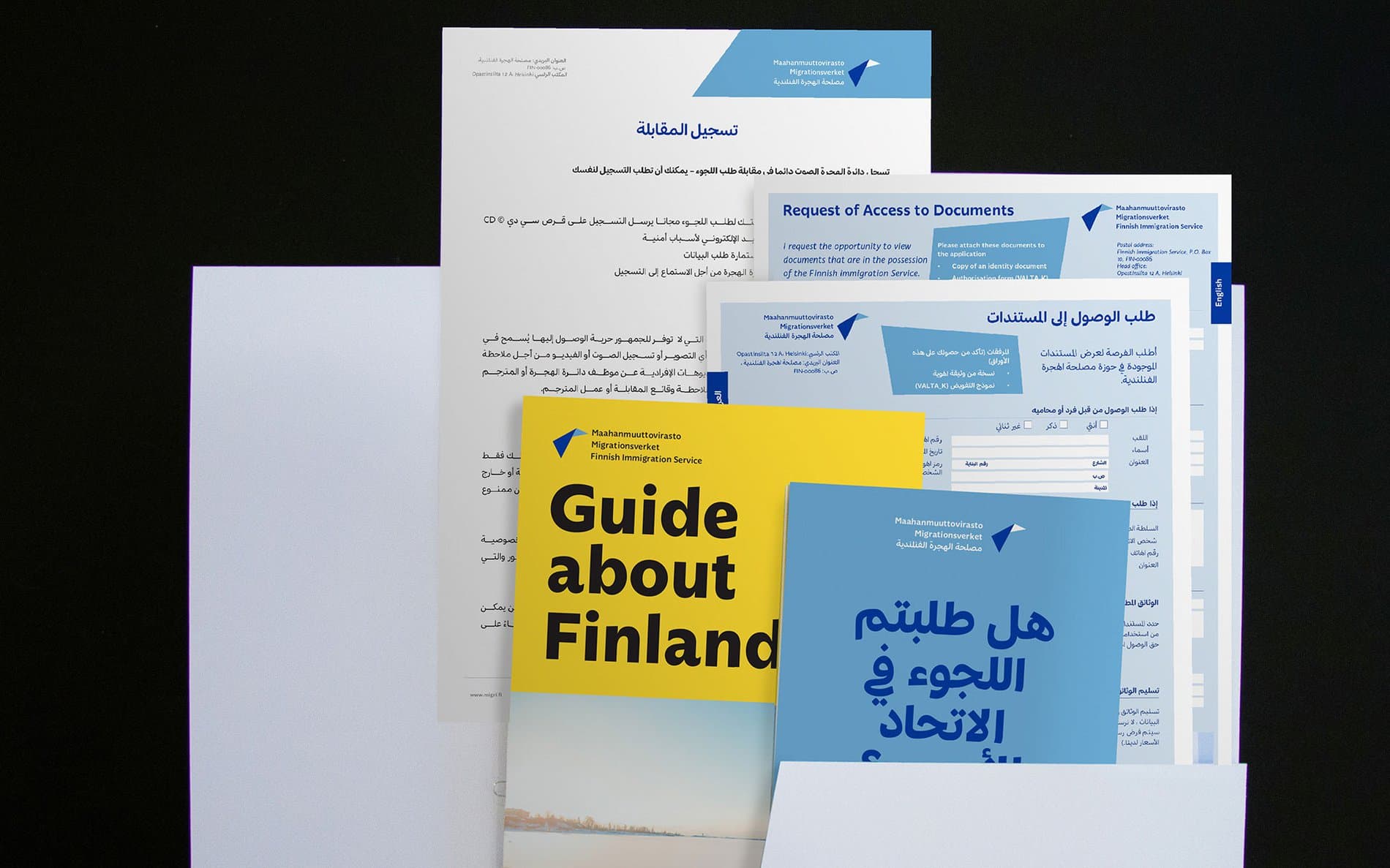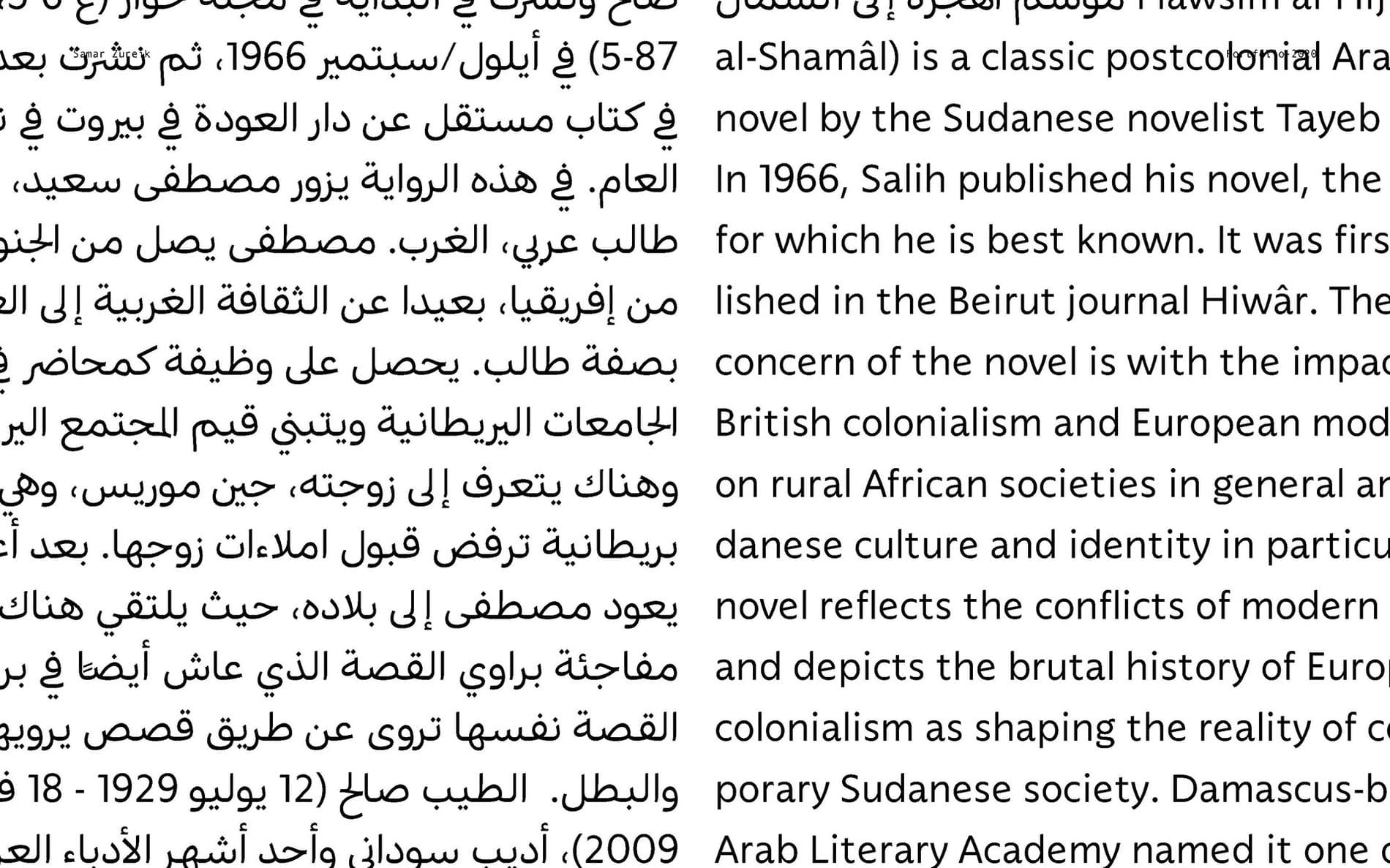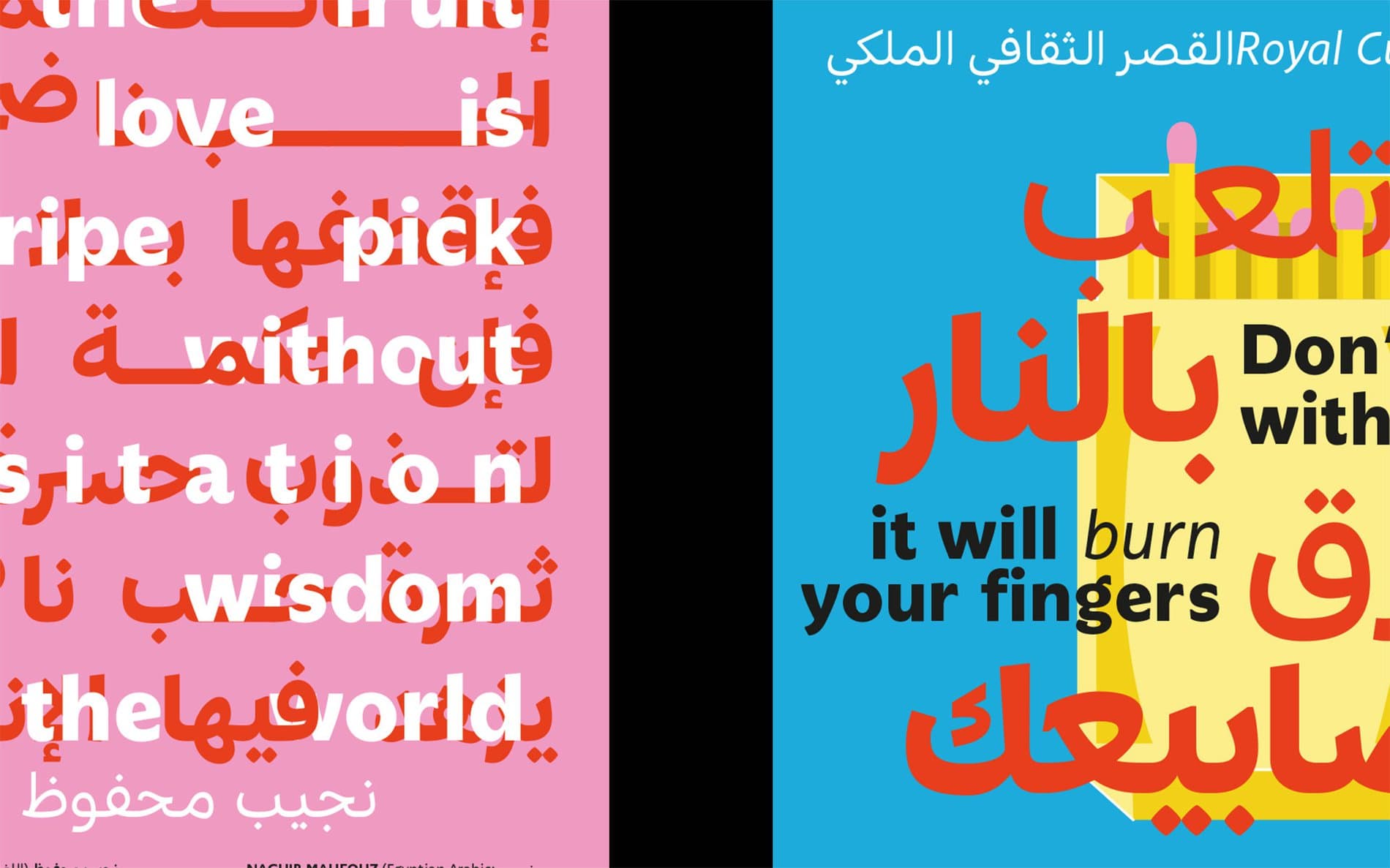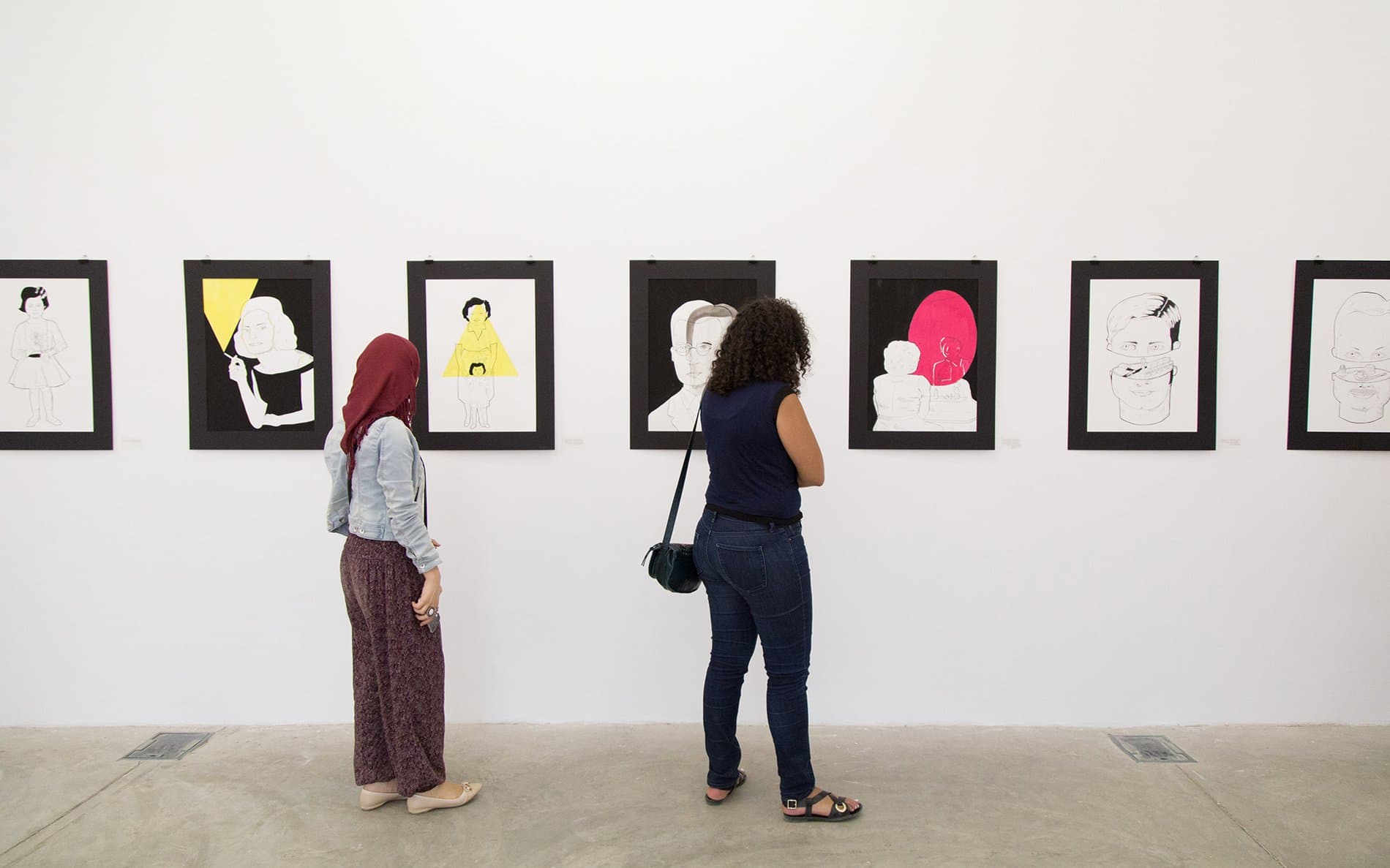The Malee Scholarship 2020 Women of Typographic Excellence
The Malee Scholarship recognizes these eight young women who are on the path to becoming leaders in the type design industry.
The Malee Scholarship recognizes these eight young women who are on the path to becoming leaders in the type design industry.
For the first year of The Malee Scholarship, our team was overjoyed and overwhelmed to receive an incredible pool of applicants from all over the globe — each with unique stories and journeys to type design. The Malee Scholarship recognizes the following women as achieving Typographic Excellence: Sirin Gunkloy, Aasawari Kulkarni, Anagha Narayanan, Shaily Patel, Emma Piercy, Amina Tayyub, Keya Vadgama, and Samar Zuerik. They demonstrate a high level of skill and quality to their work and craft, and we wholeheartedly believe they are on a trajectory to becoming a leader in the type industry.
Sirin Gunkloy
Sirin Gunkloy is a type designer and educator from Bangkok. She received her BFA in Visual Communication Design from Silpakorn University, where her graduation typeface design project, Symmethai was presented at 2012 BITS Conference, and part of exhibitions in Chiang Mai and Bangkok. In 2020, she graduated from ESAD Type at the Amiens School of Art & Design in France. Currently she works with Rabbithood Studio, and collaborates with international clients as a designer.
Sirin has also worked with Cadson Demak, a Thai font foundry focusing on Southeast Asian scripts. Her appreciation for type centers on shapes and roots of languages, ways of writing type, and relevant tools or methodology. Sirin has also been actively organizing type exhibitions and workshops in collaboration with the local designers and public art spaces. Recognizing that there is a lack of type design and typography courses in Thailand universities, part of her practice includes educating and growing a future generation of Thai type designers.

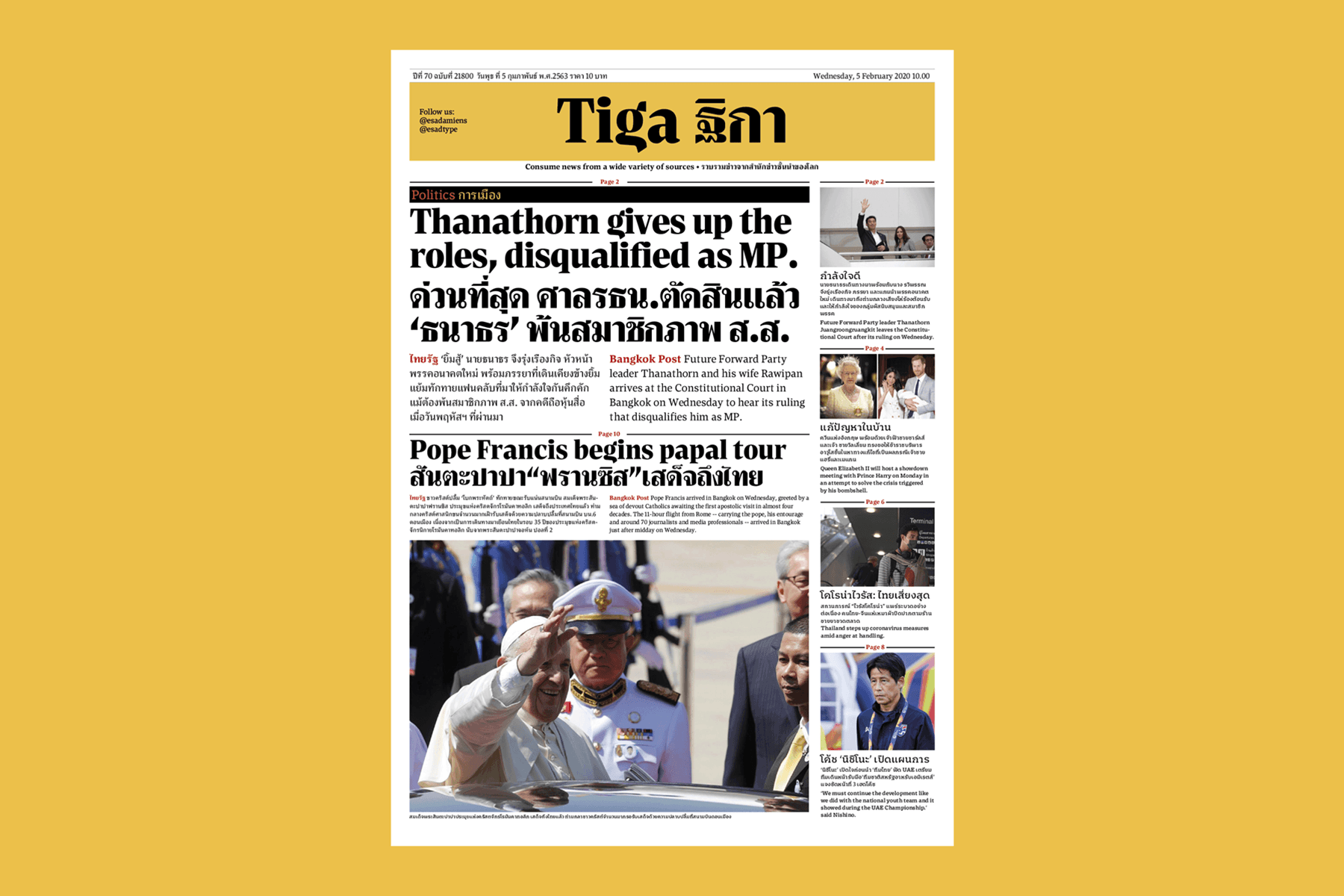
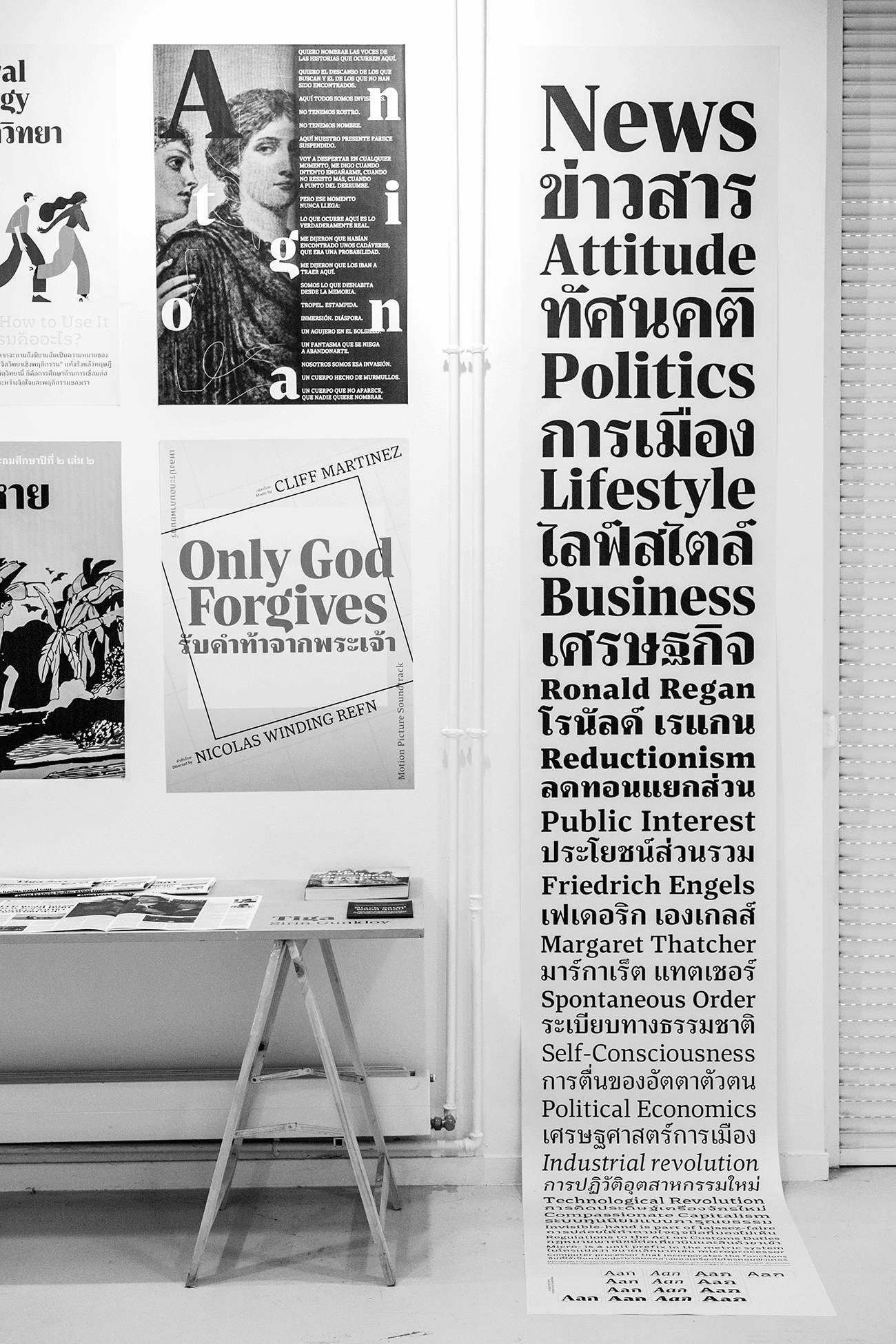
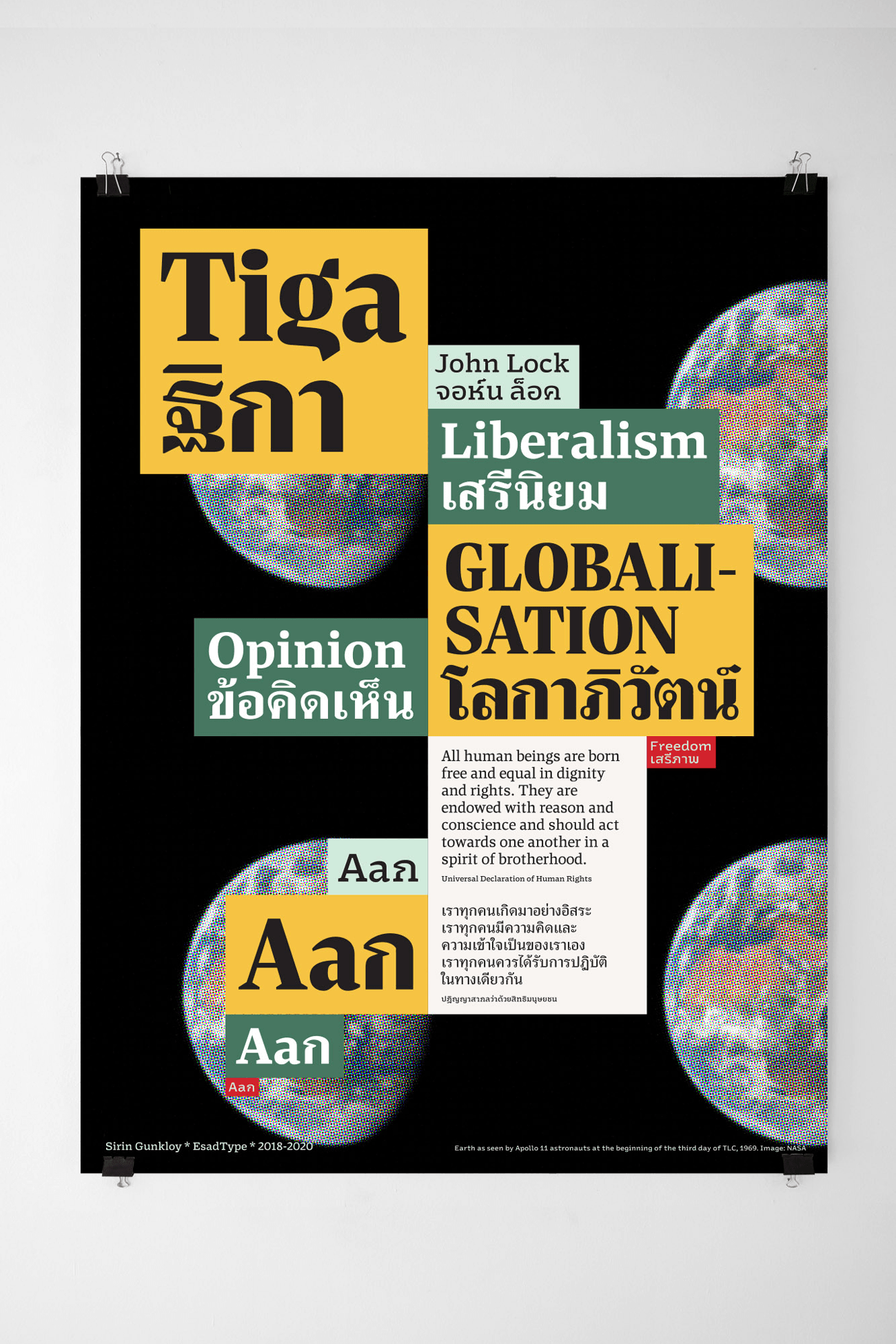


Aasawari Kulkarni
Aasawari Kulkarni is a graphic designer and writer from India and currently based in Baltimore, Maryland. This year, she graduated from the Maryland Institute College of Art with an MFA in Graphic Design. Prior to attending MICA, she worked at the Indian Type Foundry in Ahmedabad, India where she learned calligraphy and designed Suhas, a Devanagari typeface with rounded forms. This first experience in type design inspired her to go even deeper.
Her thesis project, Nari, is an experiment in variable font technology that attempts at answering the question, “what would it mean for a typeface to be feminist?” The three variables are voice (weight), mindset (width), and fight (contrast). “Nari” means “woman” in Hindi, and the typeface can generate various styles, similar to how a woman is a powerhouse of assuming different roles at given points of time. Currently, the typeface has 3 axes, 6 extremes, and 15 masters and Aasawari plans on expanding and completing the project for an official release. She is continuing to work on Nari as an Alphabettes mentee with David Jonathan Ross. In the fall, she will be joining the Milwaukee Institute of Art and Design as an AICAD postgraduate teaching fellow.
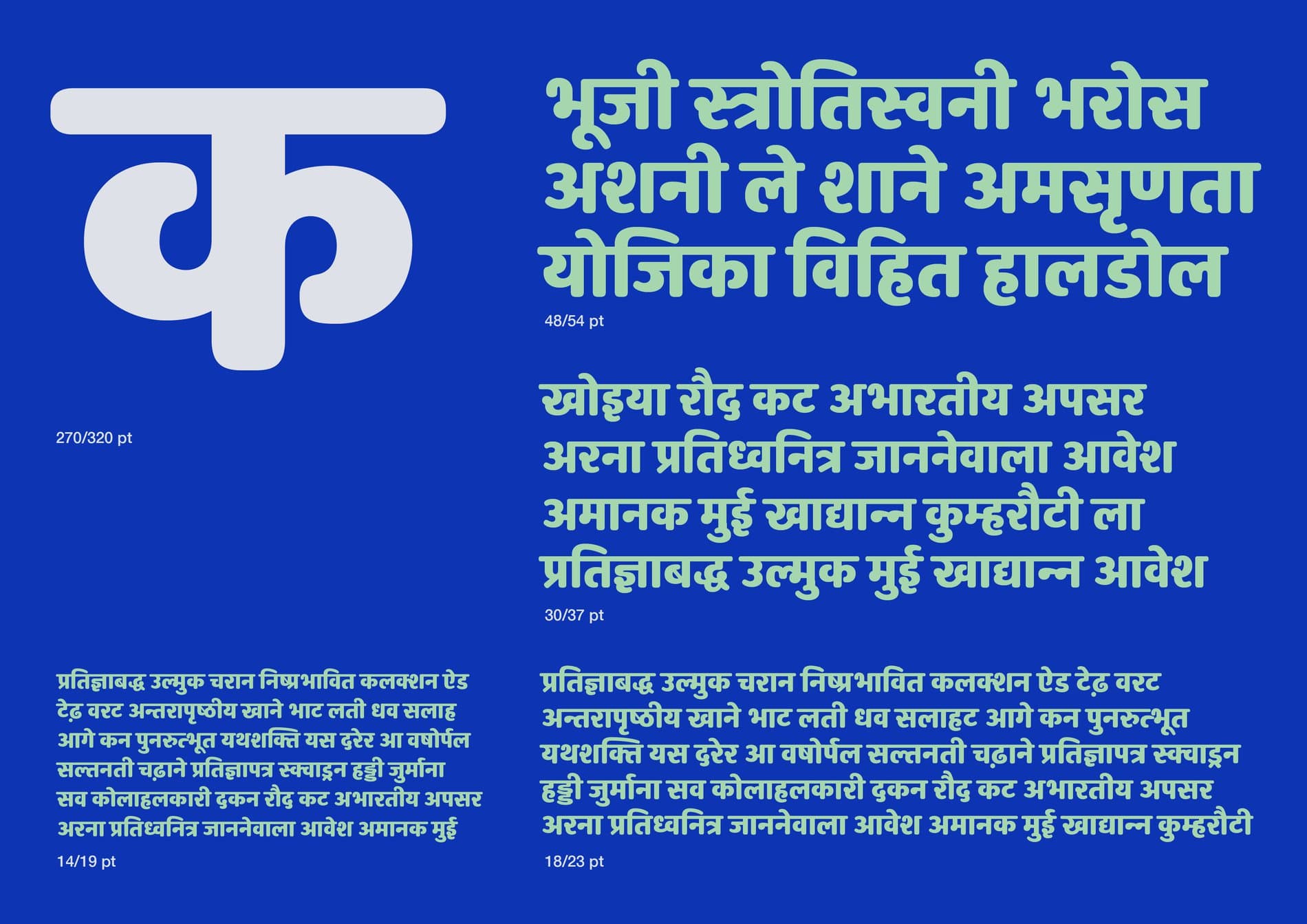
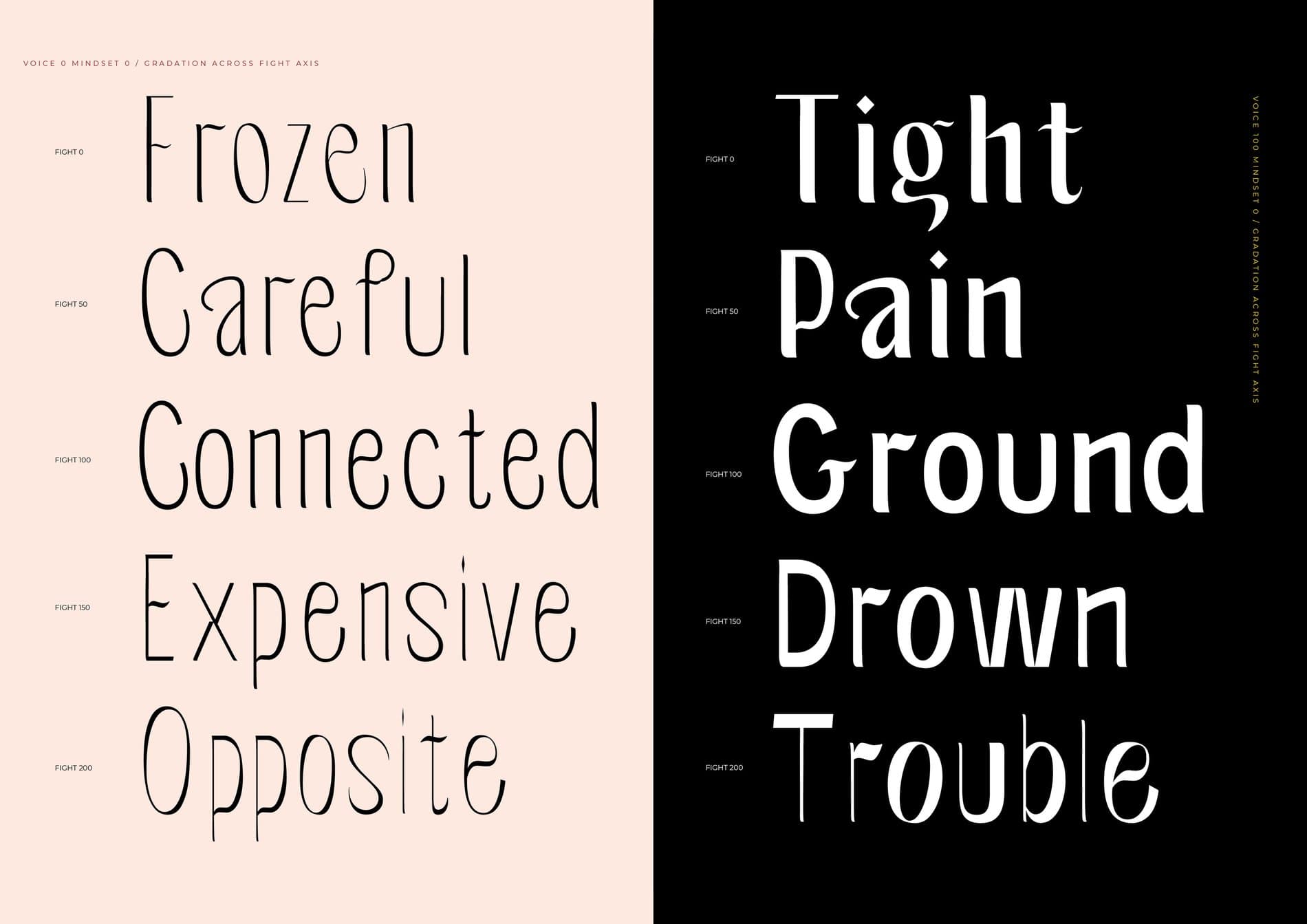
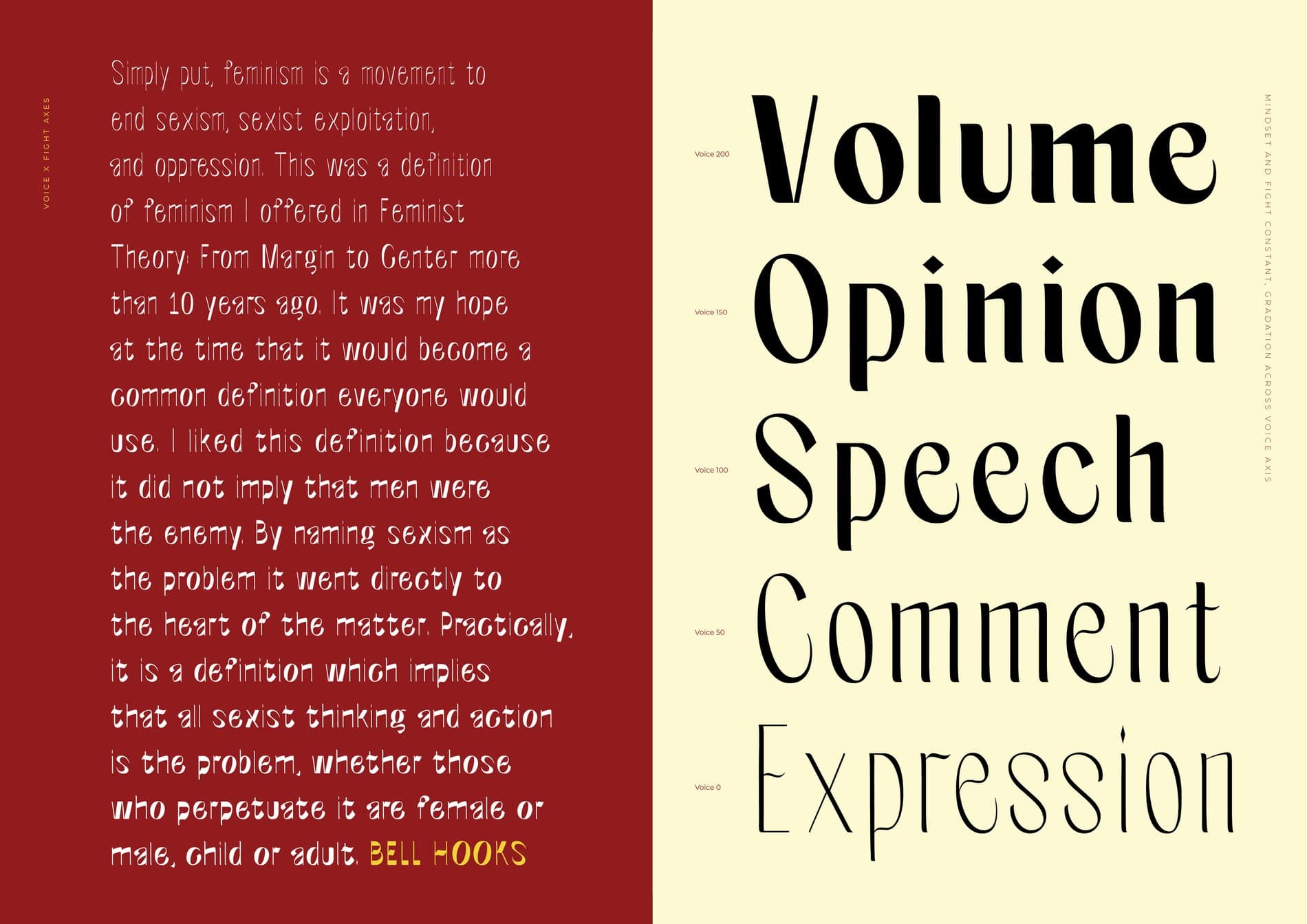
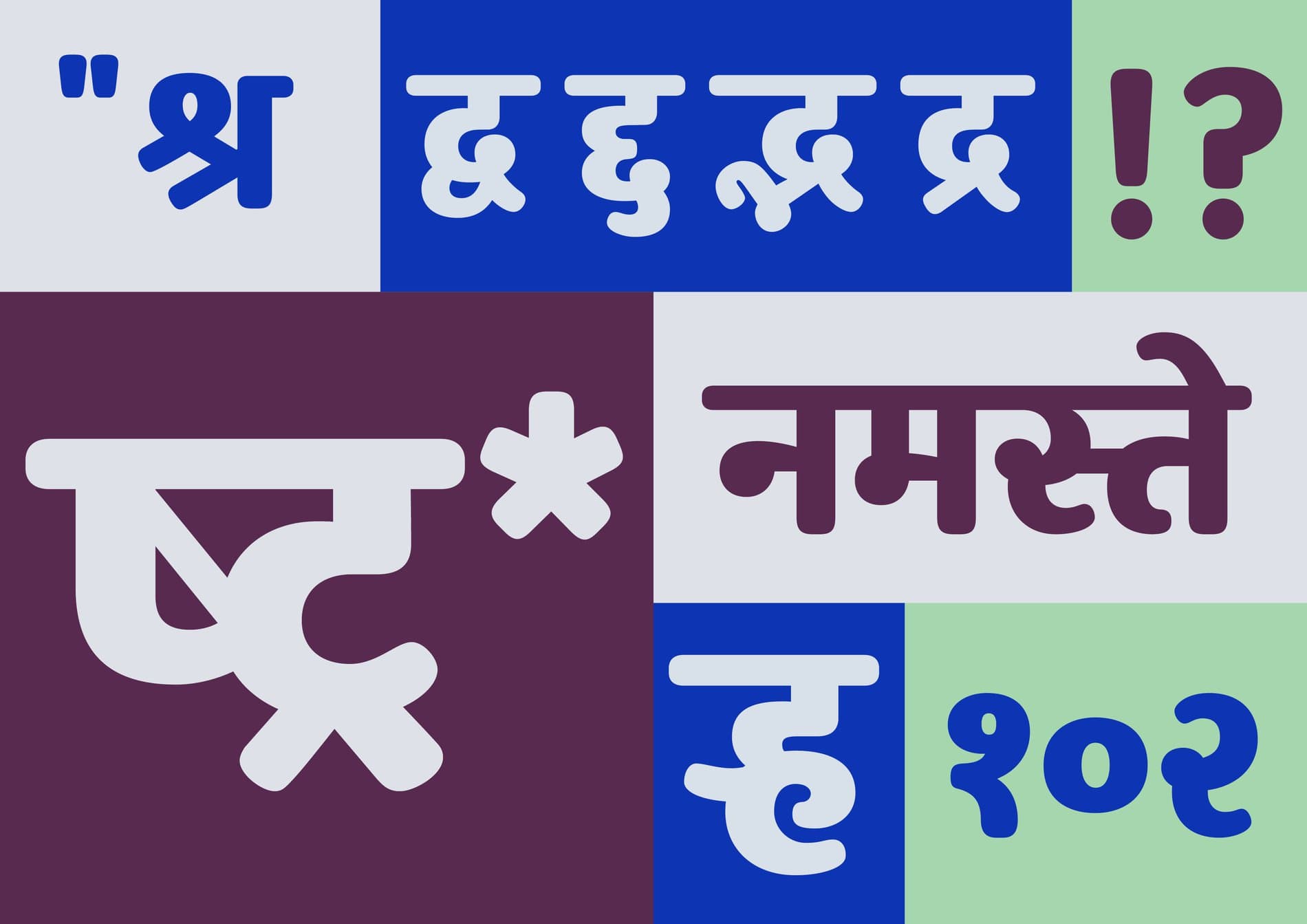


Anagha Narayanan
Anagha Narayanan is a type designer from Hyderabad, India. From childhood, Anagha has been immersed in art and design, and has vivid memories of her father’s offset printing press. She has always been fascinated by letters, drawing them and collecting them in ephemera like postcards. Her humble initiation into what she later knew was typeface design began sometime in middle school, when she drew and scanned letters into an online font creator software that cleaned up and auto-spaced the letters.
Anagha is inspired by how type design is so closely knitted with culture and history, and does the task of preserving it graphically. She has interned at Black[Foundry] in Paris, and currently works at Universal Thirst where she contributes to the production and design of various Indic typefaces. Anagha is currently preparing for her first typeface release.
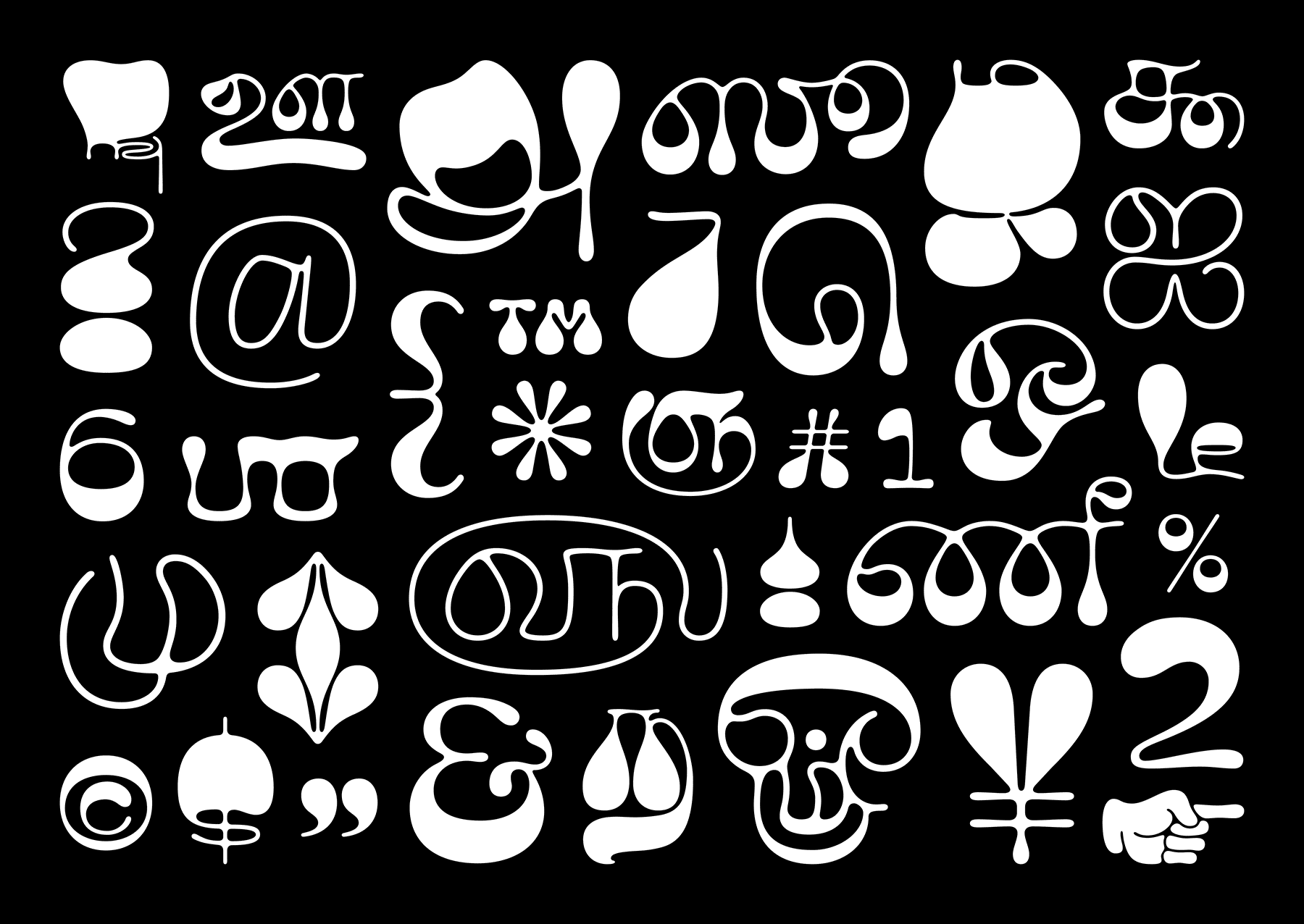

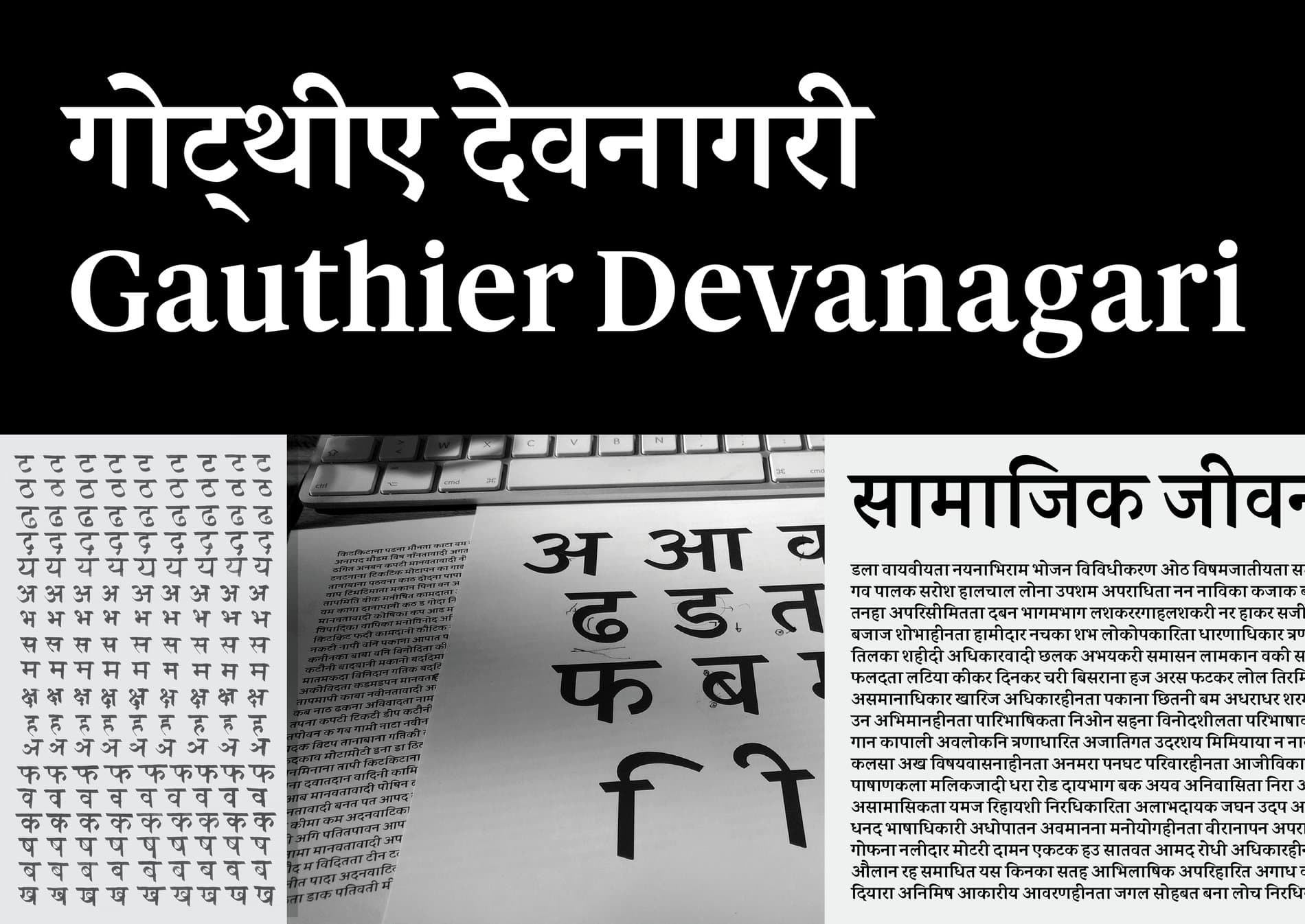
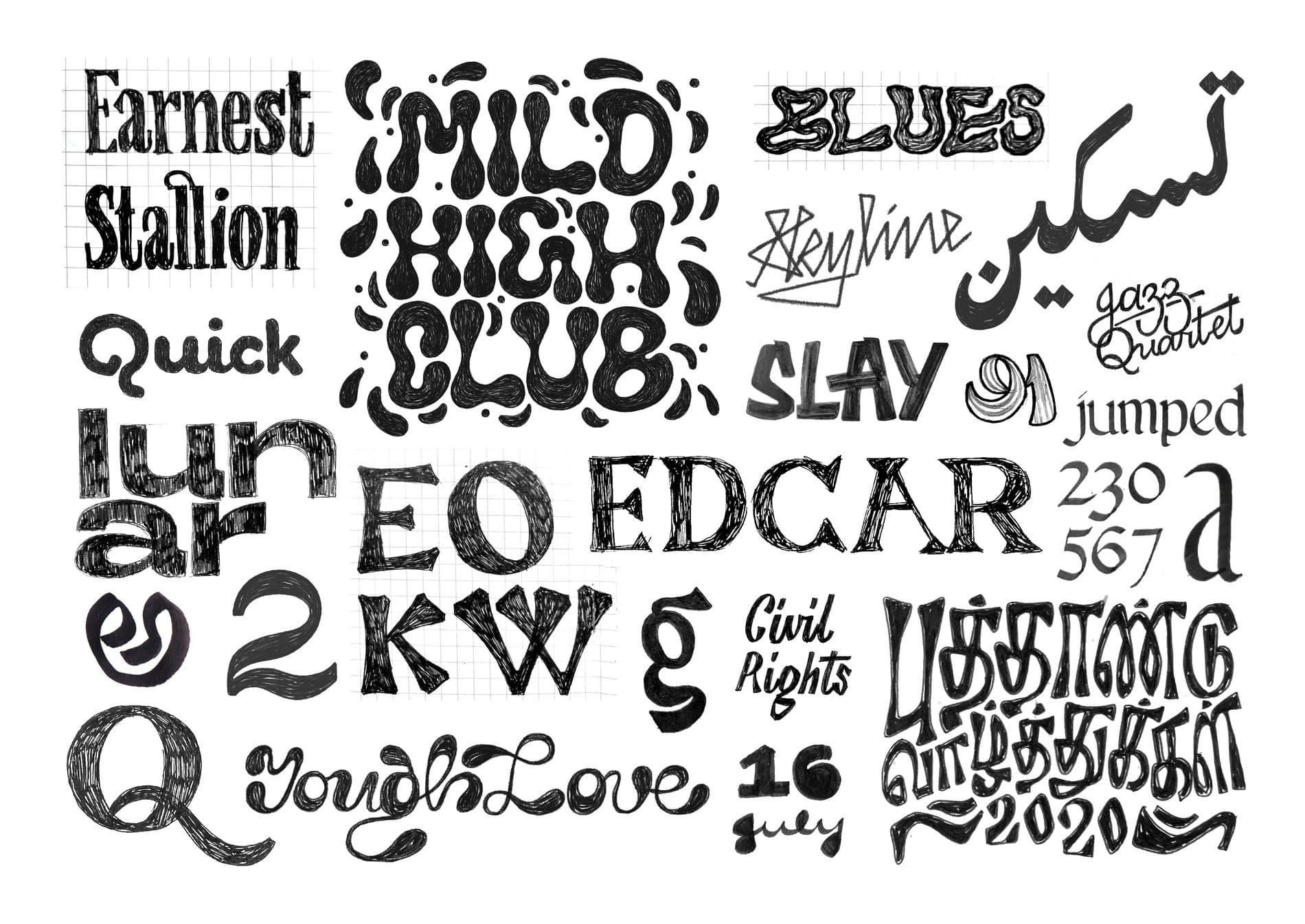
Shaily Patel
Shaily Patel is a designer from Baroda, a city located in Gujarat, India. She is currently a student at The Maharaja Sayajirao University of Baroda, in the Department of Applied Arts. Her ancestors come from a generation of farmers, and both she and her older brother are the first of their family to pursue a career in design. With the support of her parents, she was always encouraged to pursue her dreams. Attending university in the same city where she grew up inspired her to pursue a career in art and design. As a child, she would attend the University’s art fairs with her mother, who would encourage her to carefully look at what she saw and then try re-making them at home. In her first year of college, she learned about type design. With her self-starter attitude, she has continued to learn from any resources that are accessible online.
Shaily is a native speaker and writer of Gujarati, has knowledge of Devanagari, and is determined to learn even more scripts, such as Malayalam and Tamil for her type design practice. In roughly two years, Shaily has developed typefaces in Latin and Gujarati. She dreams of creating work for the masses, and believes one of the best ways is through designing type.
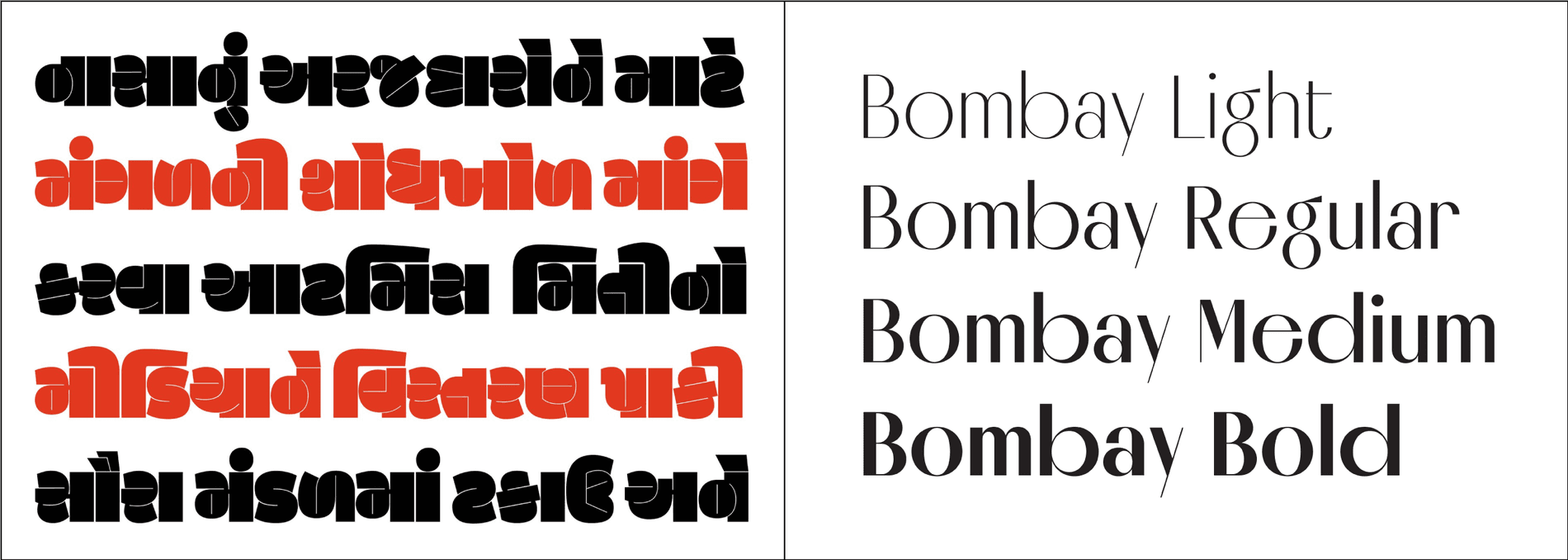
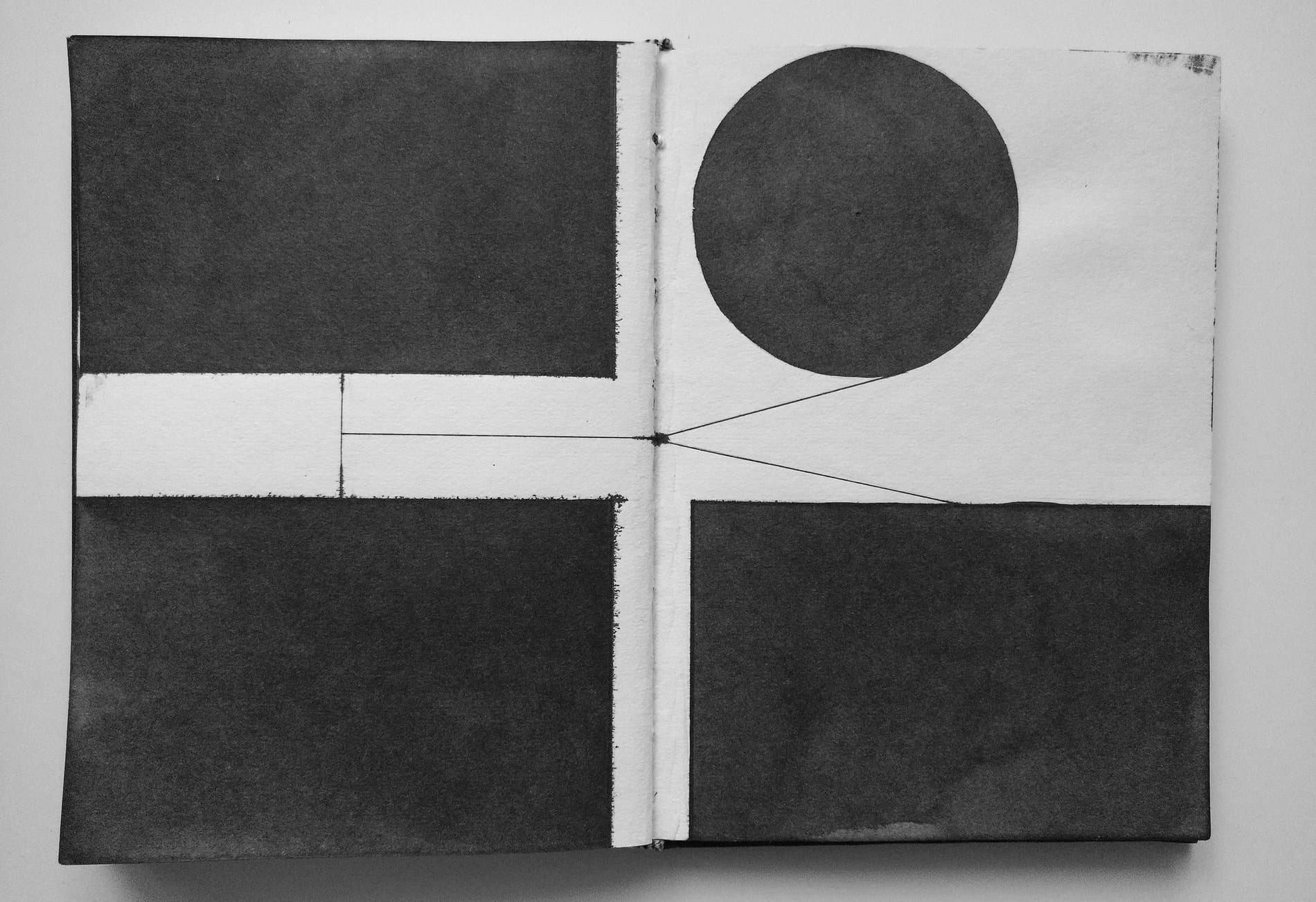
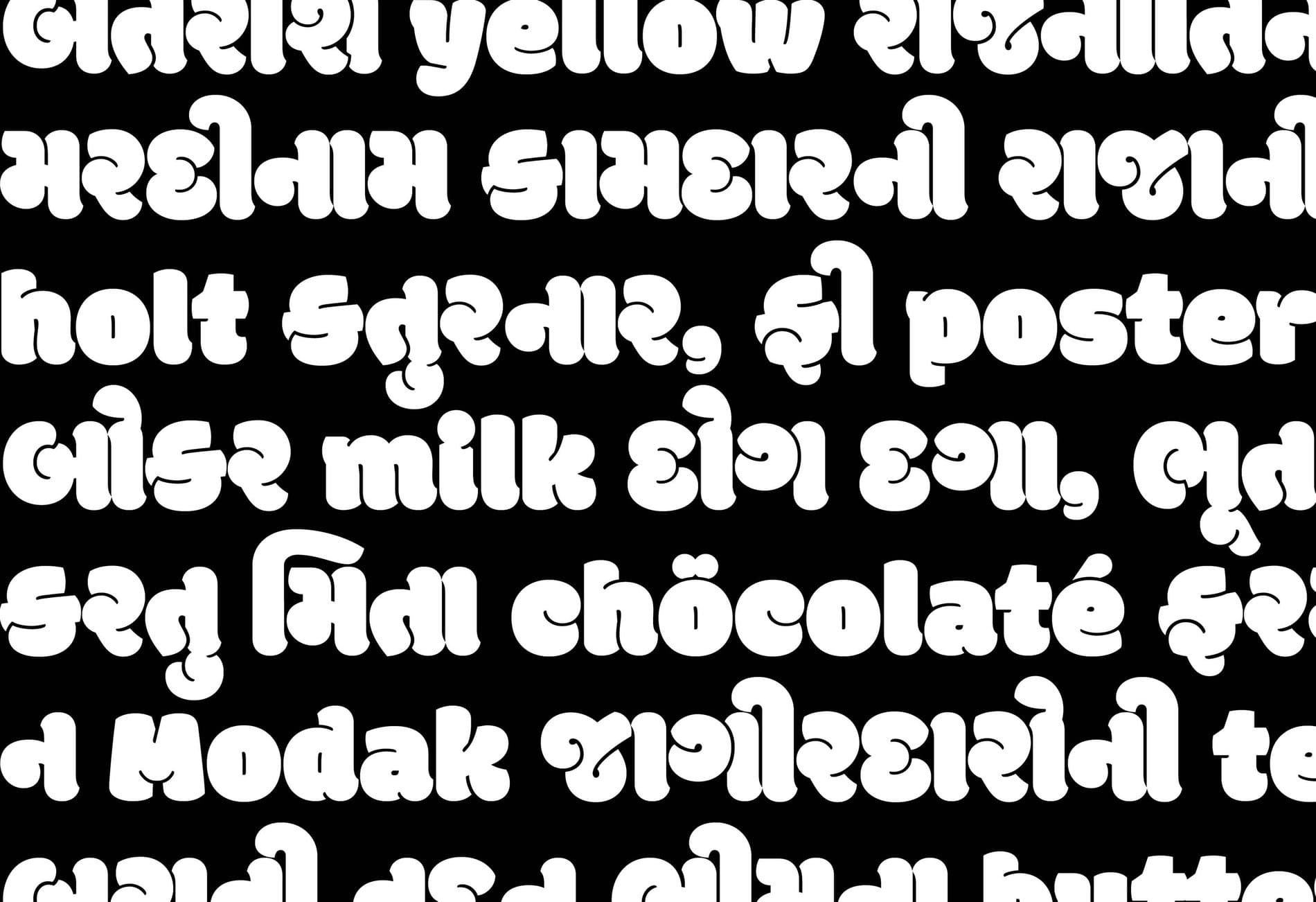
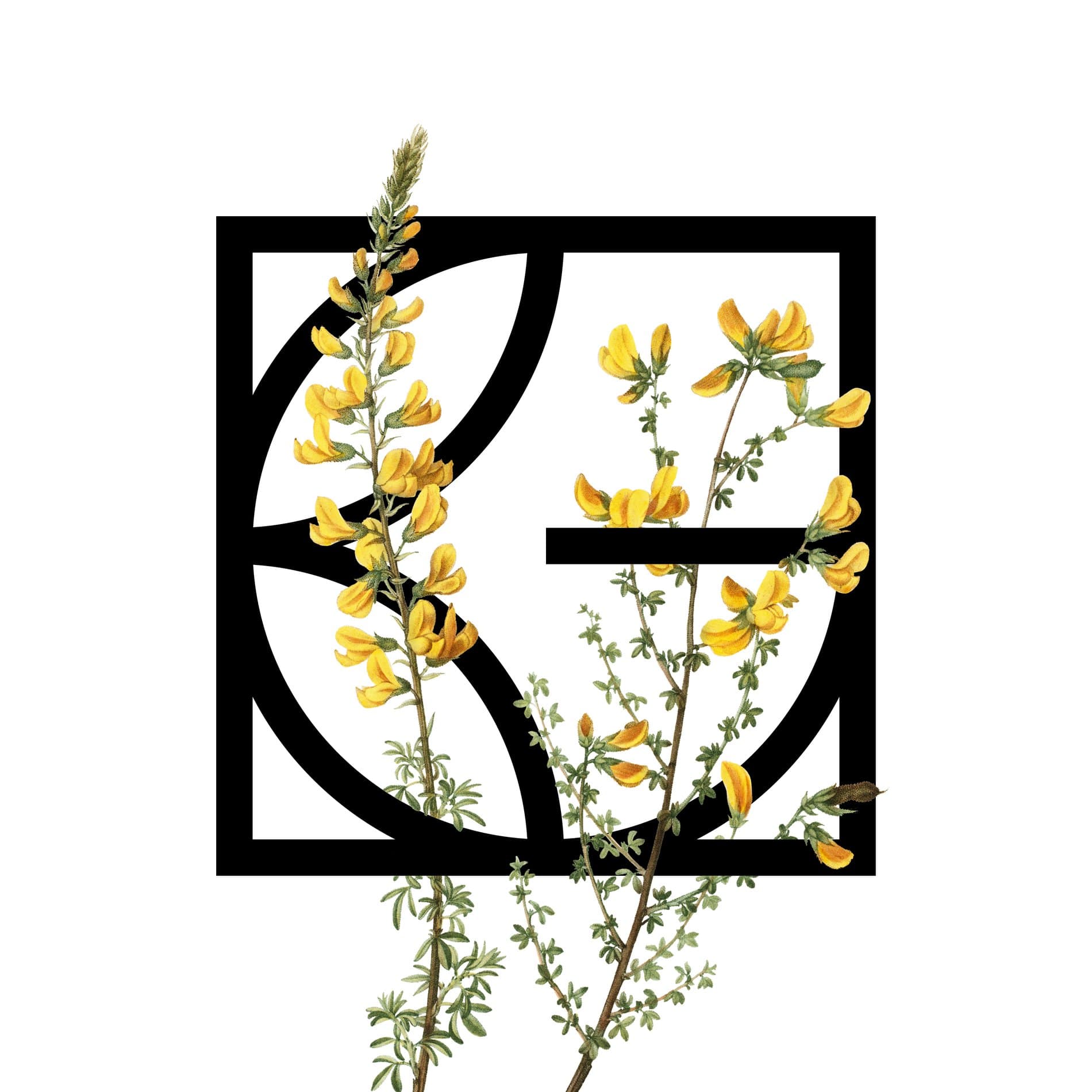

Emma Piercy
Emma Piercy is a graphic designer and self-taught type designer based in Amsterdam. Born in South Korea to a Korean mother and an English father, she spent the first half of her life in South Korea, the other half in Europe.
Since she was a child, she dabbled in lettering and made the dive into type design four years ago through personal projects. After six years of working in digital design, she decided to pursue a freelance career where she will have more time to dedicate to her passion for type design. She is currently a mentee in the Alphabettes mentorship program. In the future, Emma hopes to have an independent type foundry that serves culturally-forward clients.
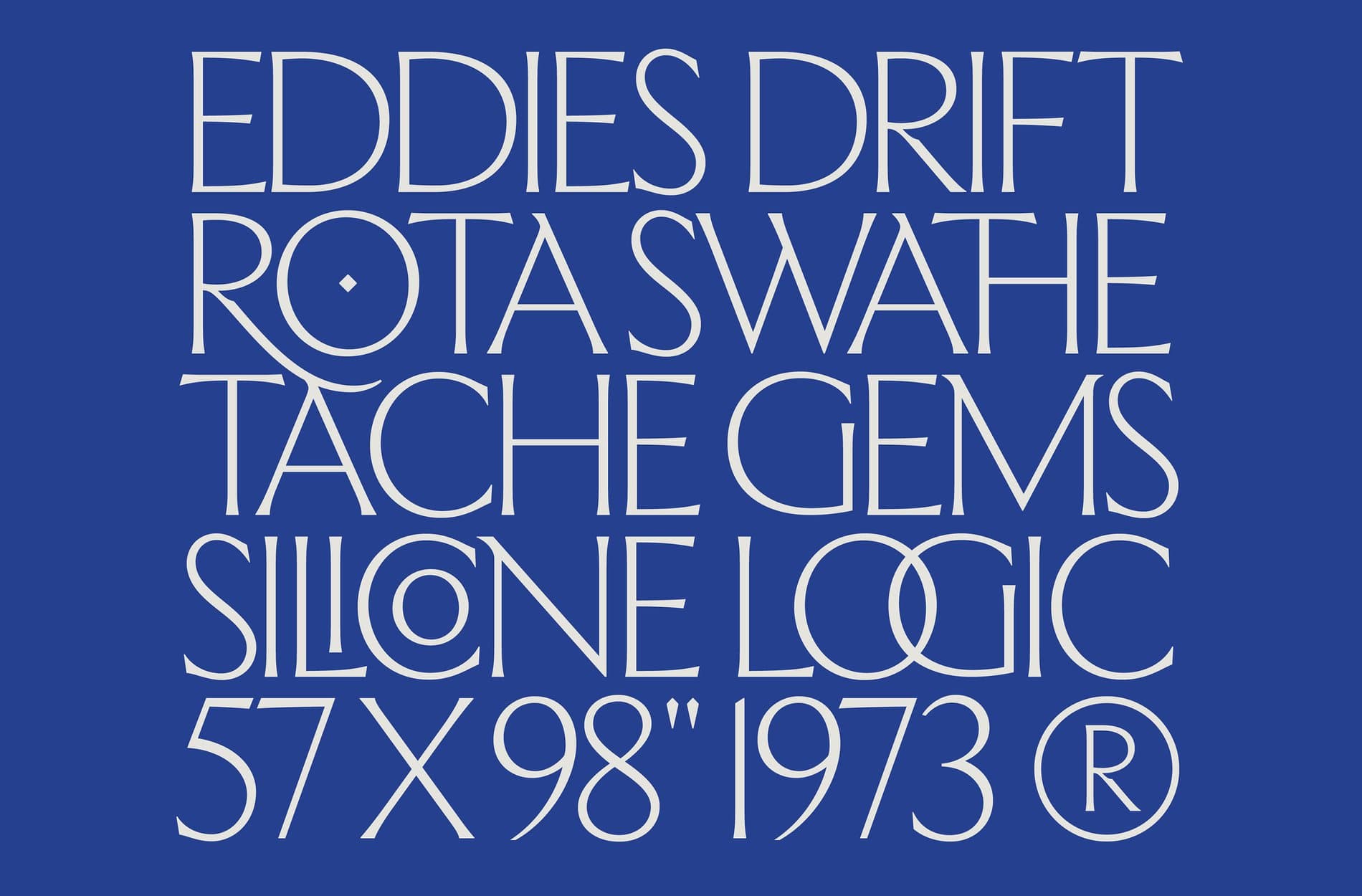
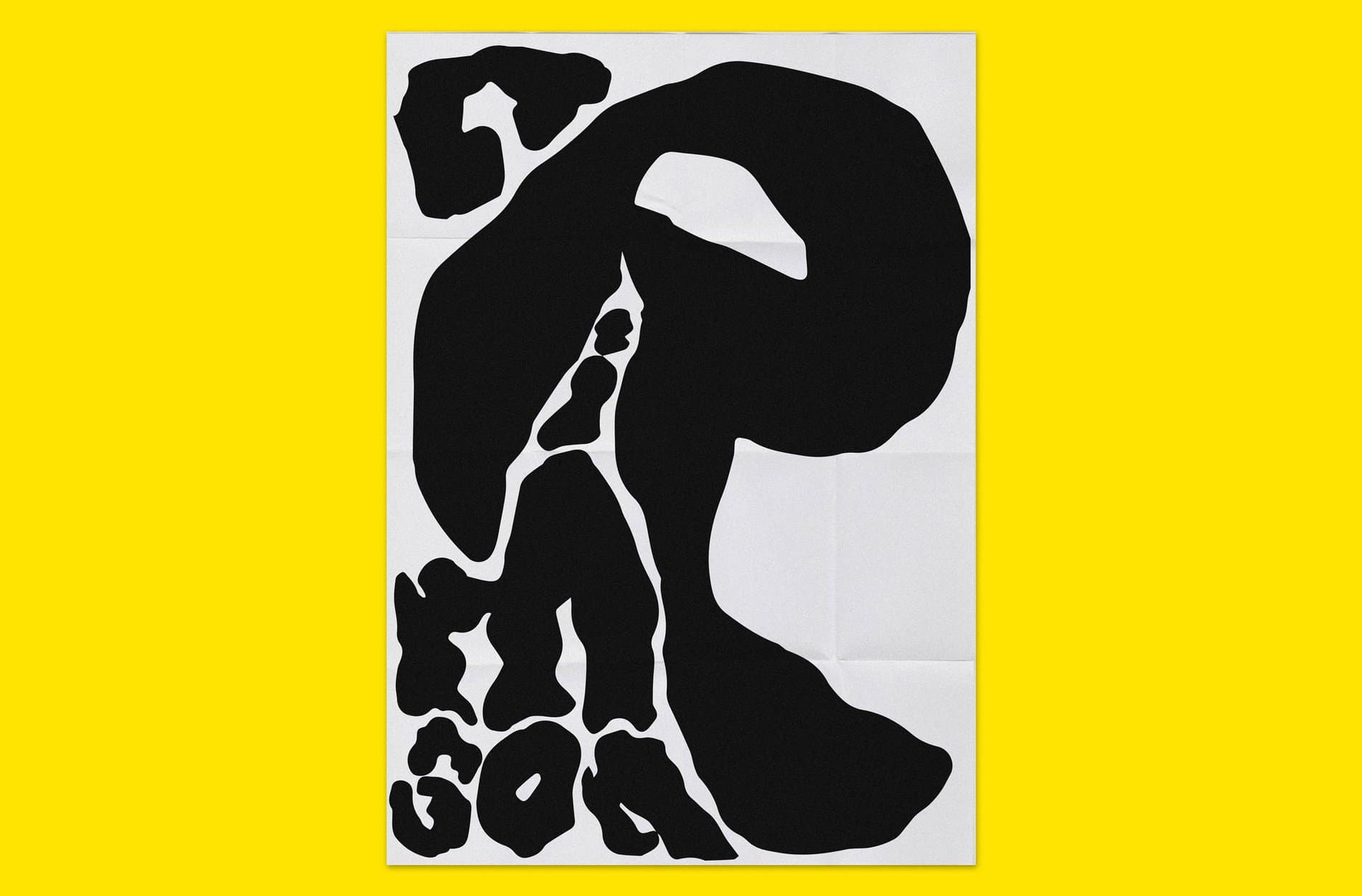

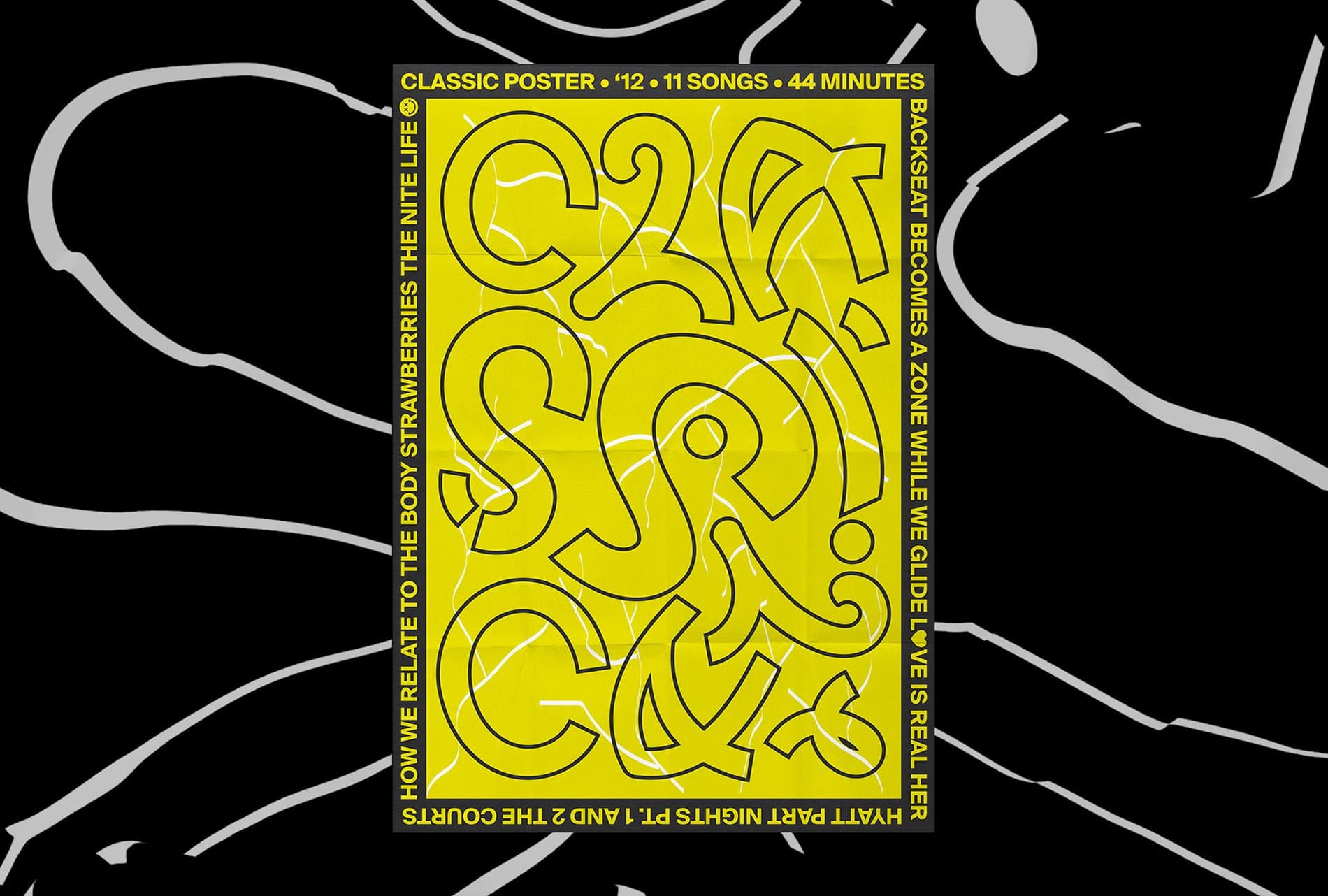
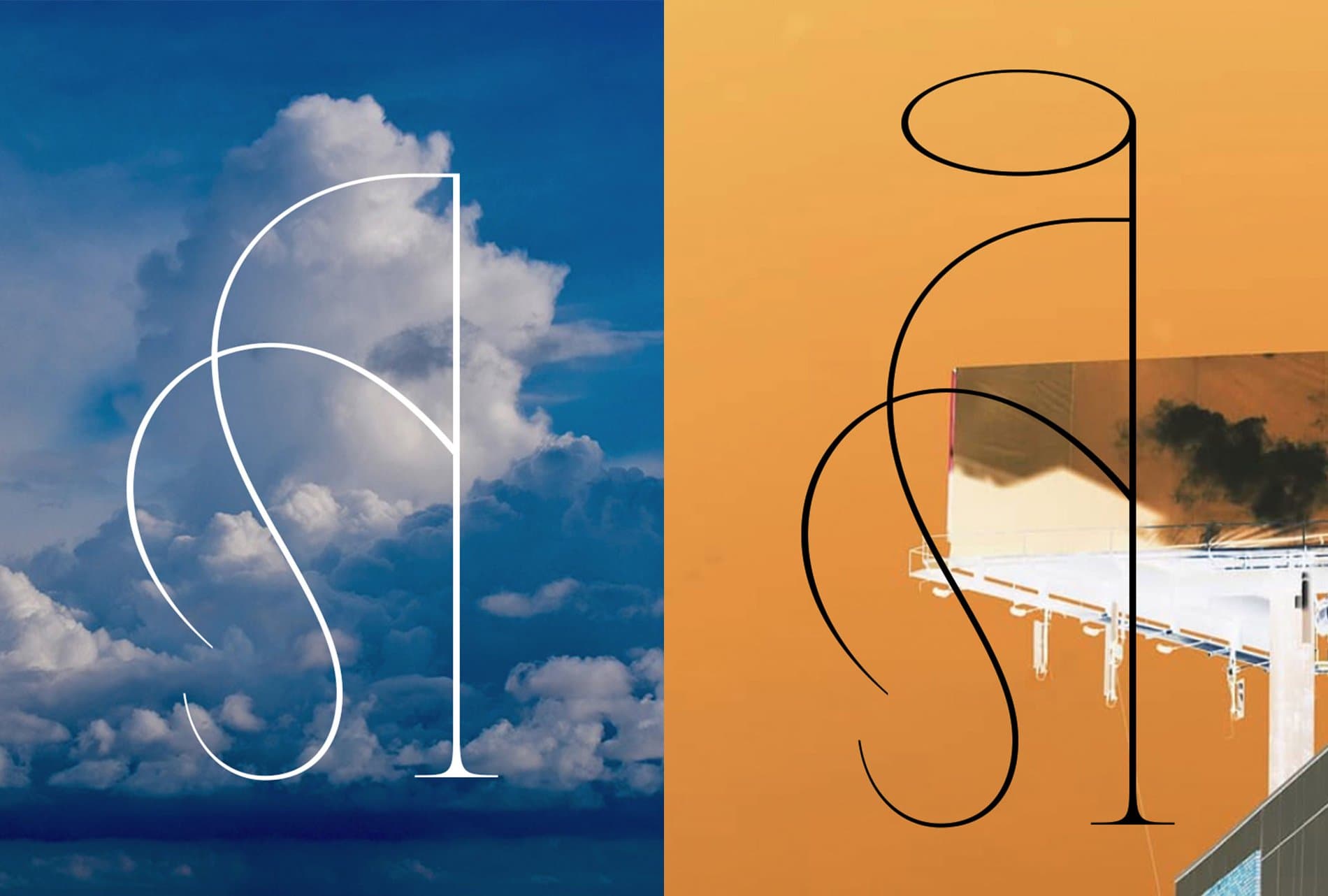
Amina Tayyub
Amina Tayyub is a designer from Islamabad, Pakistan now based in Houston, Texas. As in many parts of the world, art and design is not yet an established career path in Pakistan, but after taking some computer graphics courses, she entered the world of design and has never looked back. She studied Visual Communication at the Basel School of Design for her Master’s program, where she was introduced to typography. During this time, she also took Calligraphy and Type Design evening classes at Schule für Gestaltung Basel (SfG), and later moved to New York to enroll in Type@Cooper’s Condensed Program. As a bilingual woman, she is interested in studying how techniques from Latin letters can be applied to the Arabic script for the development of Urdu typefaces. Her goal is to open her own type foundry to develop Nastaʼlīq-style Arabic typefaces that are used in Pakistan.
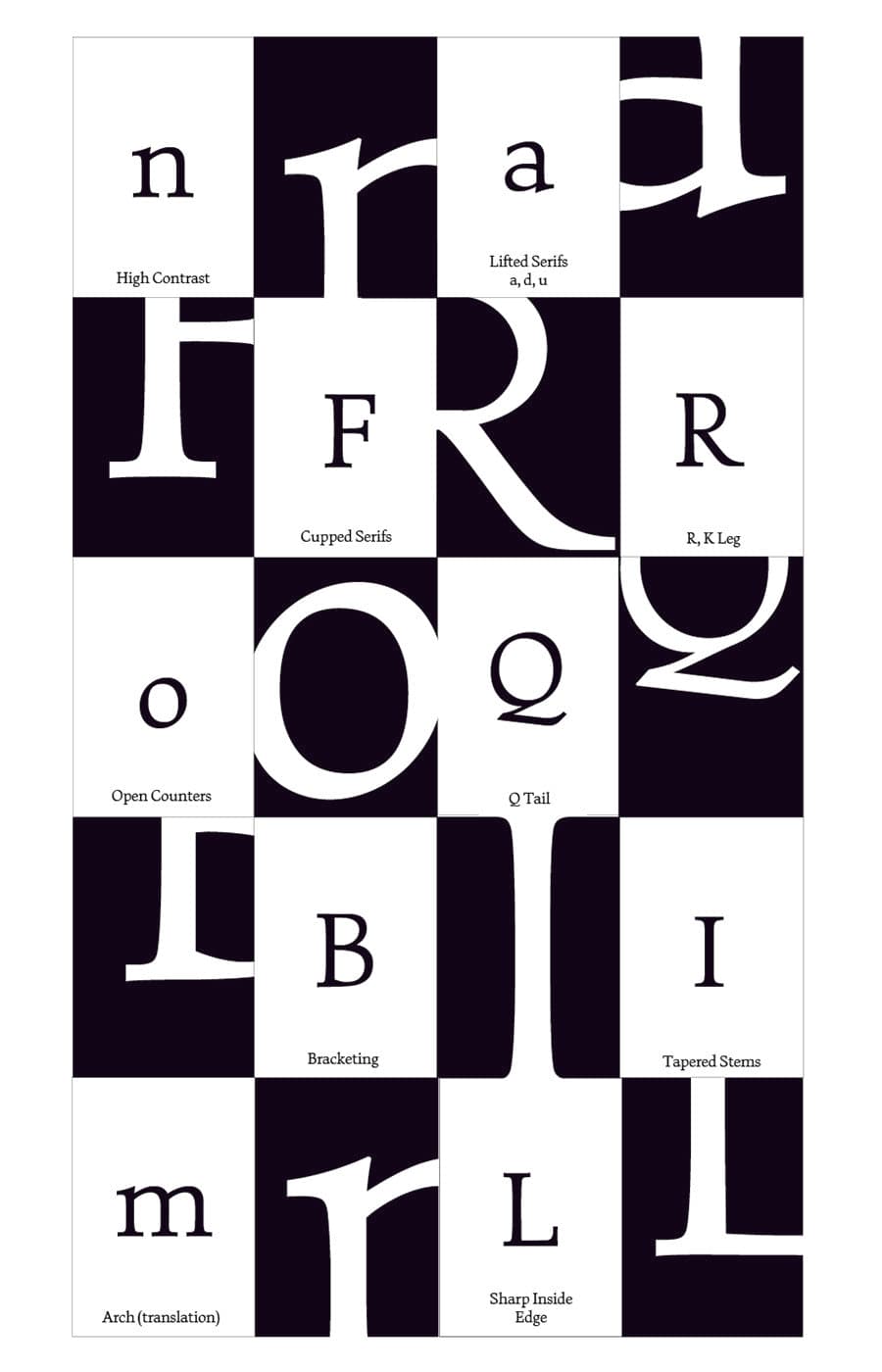
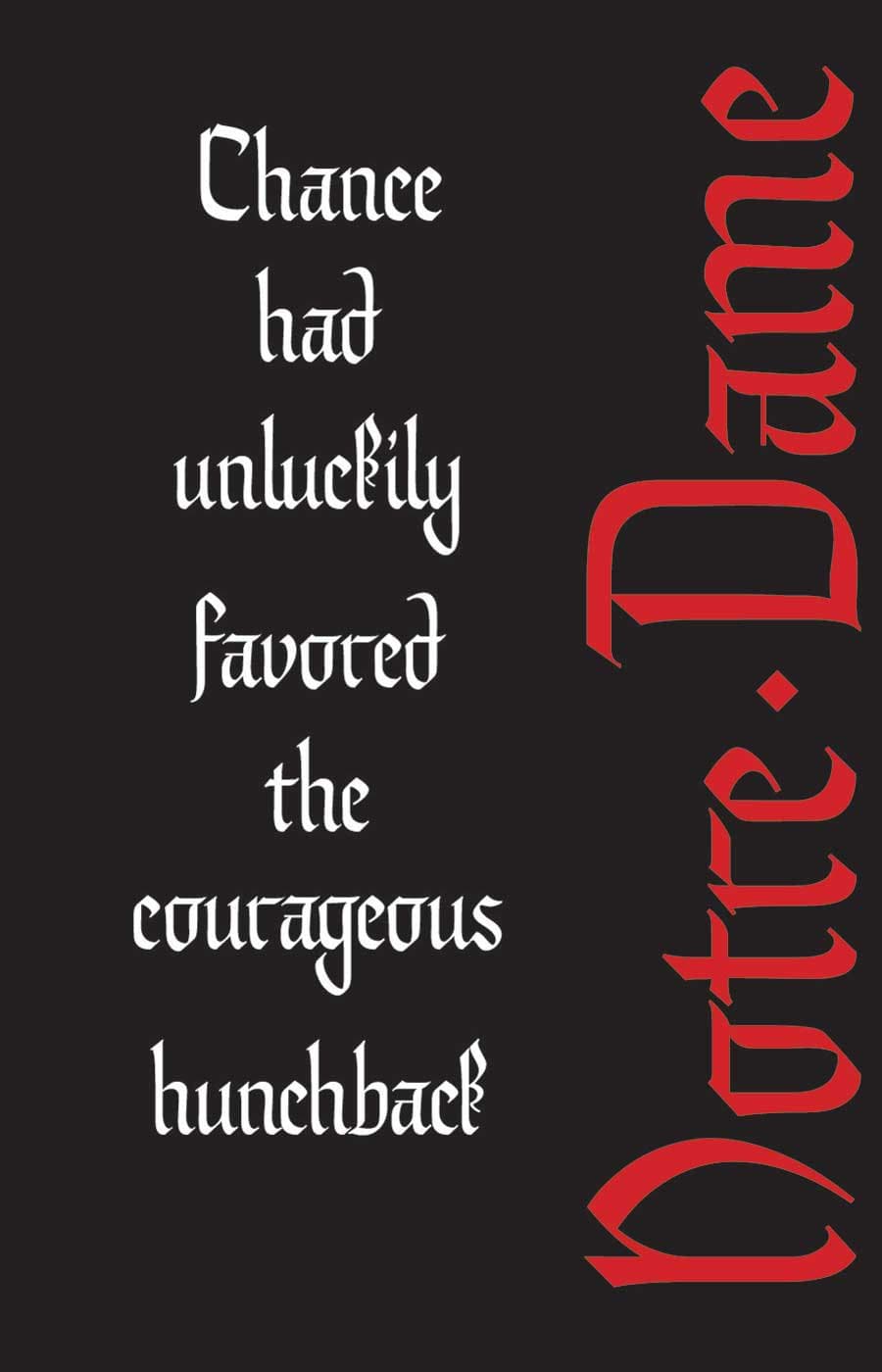
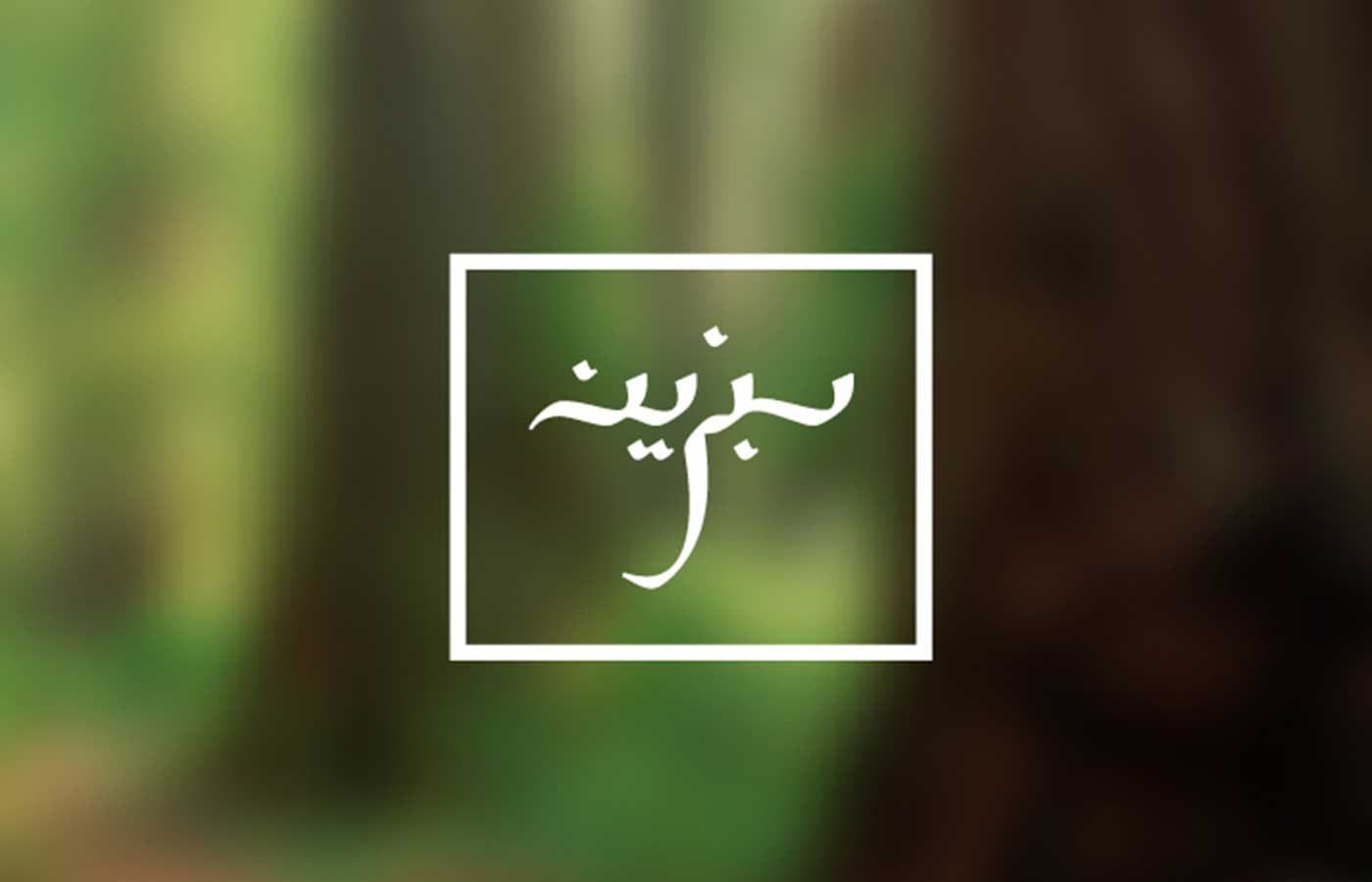
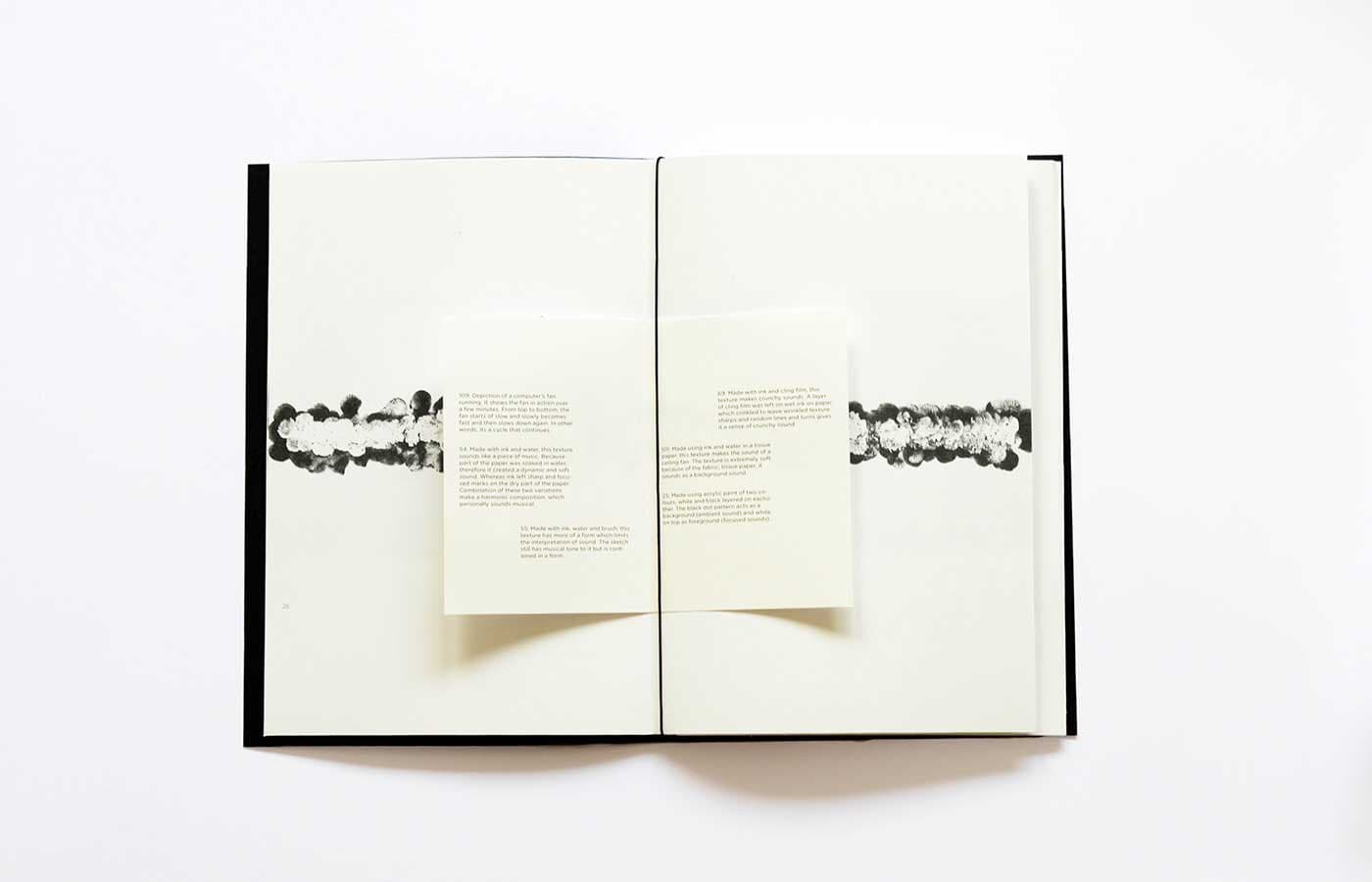

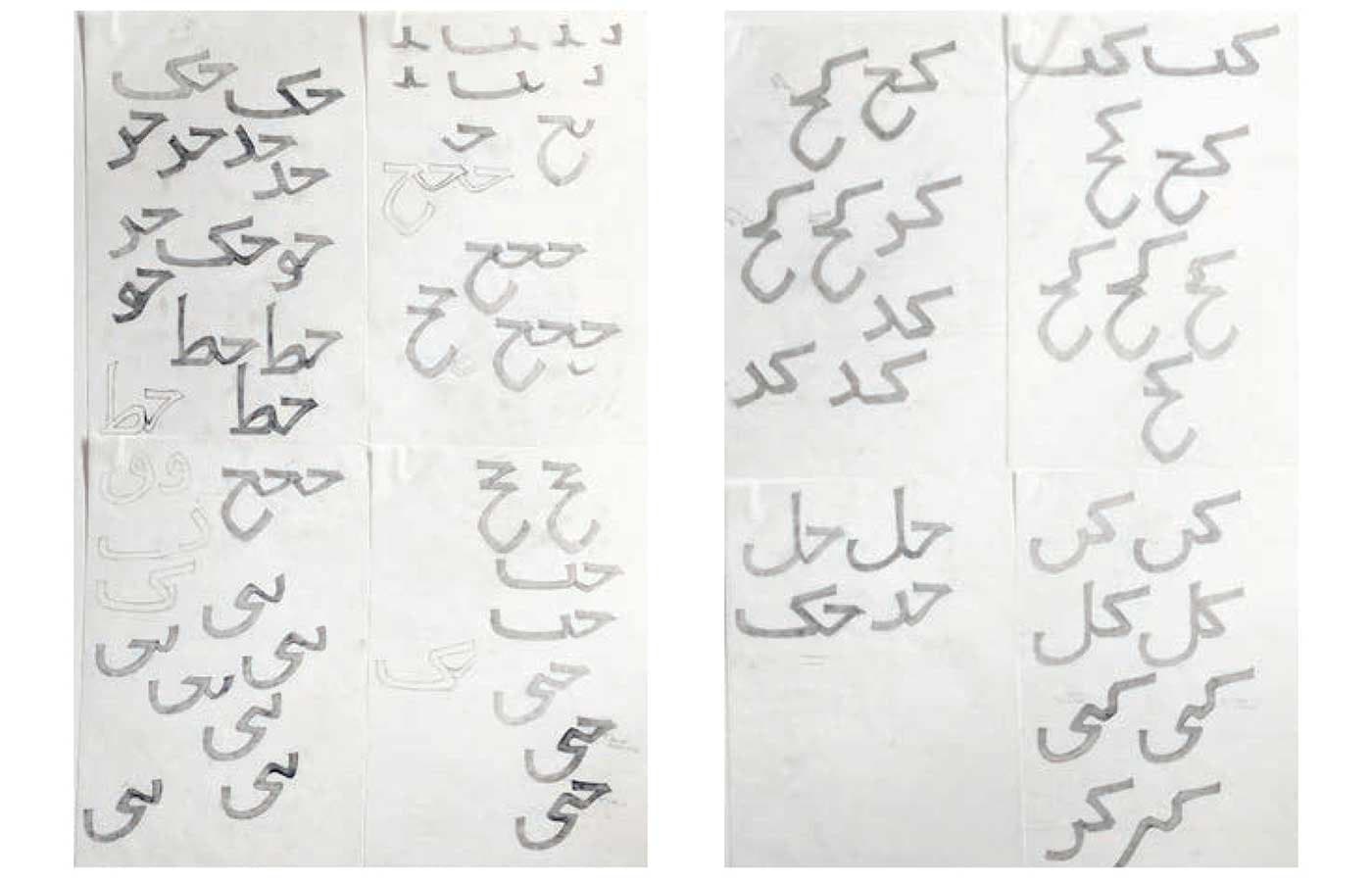
Keya Vadgama
Keya Vadgama is a type designer and educator whose background spans four continents and five countries. Throughout her journey, Keya has searched for a type design education that goes beyond a Western-centric curriculum. While at the York/Sheridan Design program in Toronto, she designed a Gujarati typeface and studied the development of the script. Her professor Renée Alleyn championed the inclusion of non-Latin type design in the curriculum, which was a transformative moment that led her to develop an interest in Indian type design. She attended the Type@Cooper Condensed program where she designed a typeface inspired by Gujarati bandhani textiles and was recognized as an emerging type designer at ATypI Montréal 2017.
This year, Keya will graduate from the University of Reading in England with a Master’s in Type Design. She hopes to continue designing multi-script type families that harmonize cultural traditions with contemporary trends, and shifting Western-centric type design discourse towards one that is more inclusive of global and socio-economic perspectives. In the fall, she will be interning at BlackFoundry.


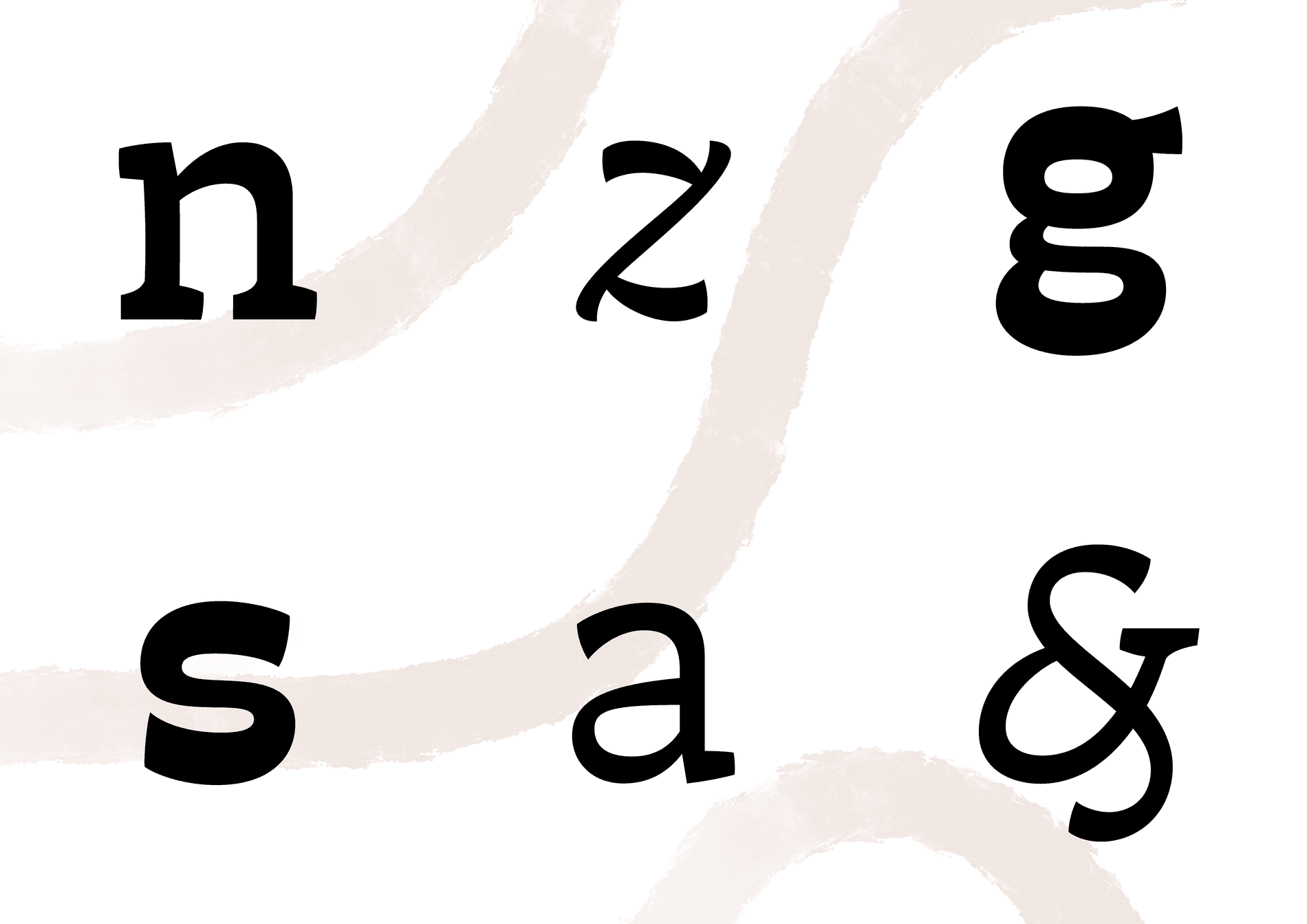
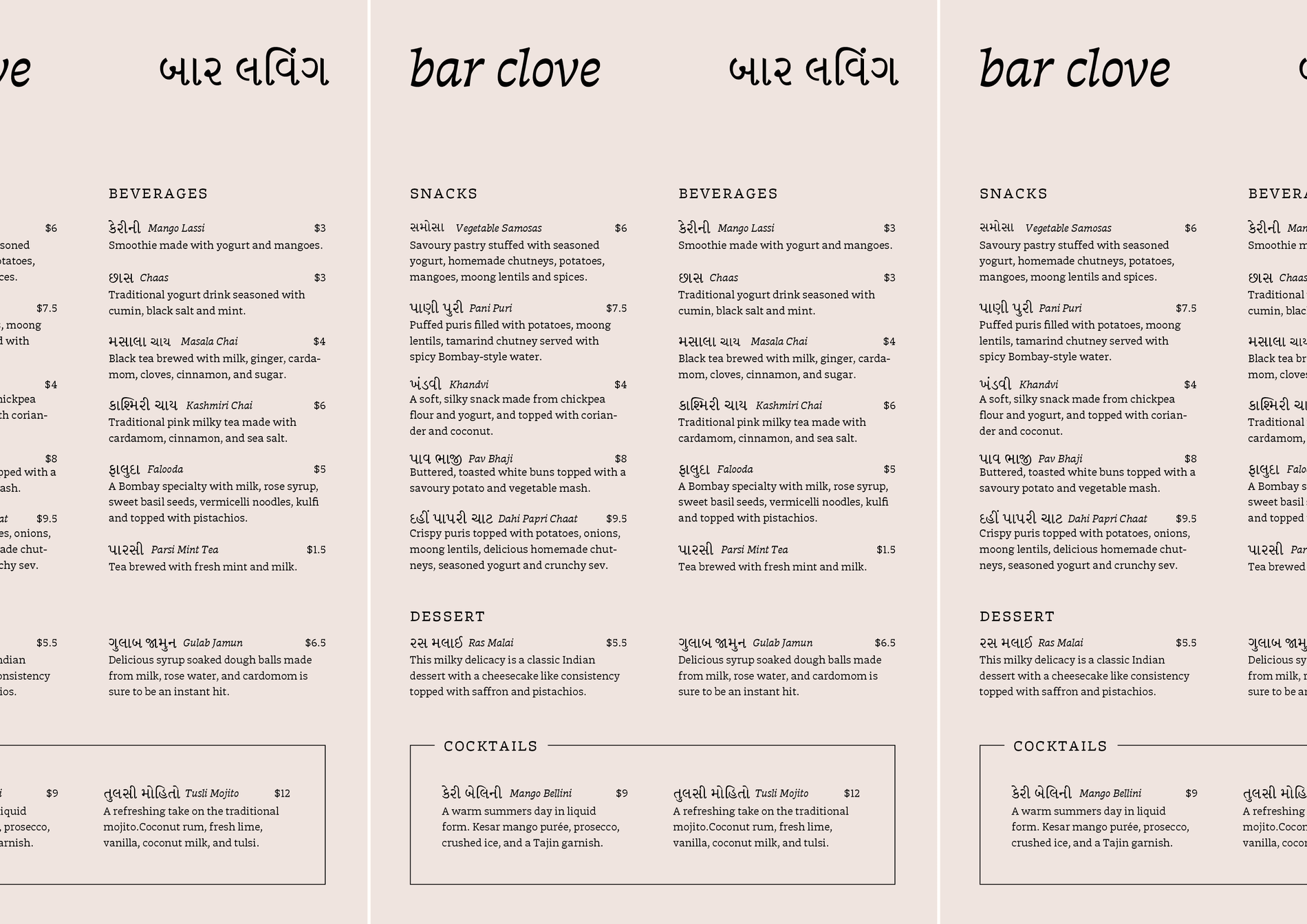
Samar Zureik
Samar Zureik is a graphic designer and illustrator from Jordan, and currently based in Helsinki. Her interest to pursue typeface design was initially sparked by a fascination with Arabic calligraphy. She has trained with Riad Tabbal, an esteemed calligrapher in Jordan and continues to practice in her free time. She is interested in achieving the visual consistencies between Arabic and Latin typography.
After participating in the TypeParis summer program in 2015, Samar felt that a whole new world was opened up to her, and she craved to learn even more to improve her typeface design skills. She enrolled in the program at ESAD Type at the Amiens School of Art & Design in France, and graduated this year in 2020, designing a multi-script typeface intended for official documents. She also received her MA in Visual Communication Design in Aalto University, Finland in June 2020. She is now working on a Tirhal bilingual typeface of Arabic and Latin, and aims to get it published soon.
